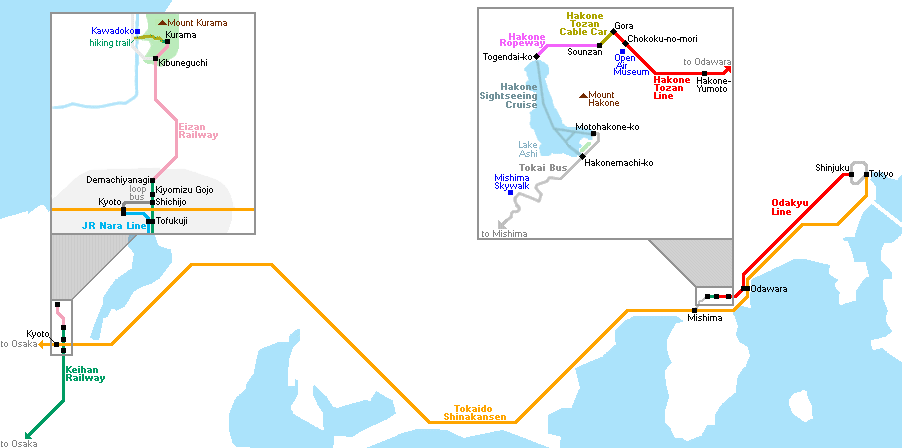Tokyo to Kyoto via Hakone
Japan is an amazing place for foreign tourists to travel, with stellar destinations seemingly everywhere one goes. This is especially true in and around two of the country's most visited cities, Tokyo and Kyoto. One of the things that makes traveling around this beautiful country so great is that local transport networks, as well as the shinkansen that whisks passengers from one side of the country to the other in relatively short times, make the whole pursuit convenient and easy.
With all these things considered, I was interested in making a trip between the two hot spots of Tokyo and Kyoto, and also to experience scenic rural scenes while doing so, namely in visiting the Hakone area, which lies on the doorstep of both Tokyo and Mount Fuji. These areas are all among Japan's most attractive destinations that promise to give visitors an unforgettable experience, and so this was naturally a trip I couldn't wait to get started!
Day One
I started my journey in the Tokyo district of Shinjuku and from Shinjuku Station, made the short walk over to the Tokyo Metropolitan Government Building, also known as Tocho. This building, which used to be the tallest in Tokyo before taken over by Tokyo Midtown, contains two free observation decks from where visitors can get some nice views of the city and particularly the Shinjuku skyline. Note that the North Observatory is undergoing renovations from May 2019 until mid-January 2020. During the renovations, only the South Observatory will be open.
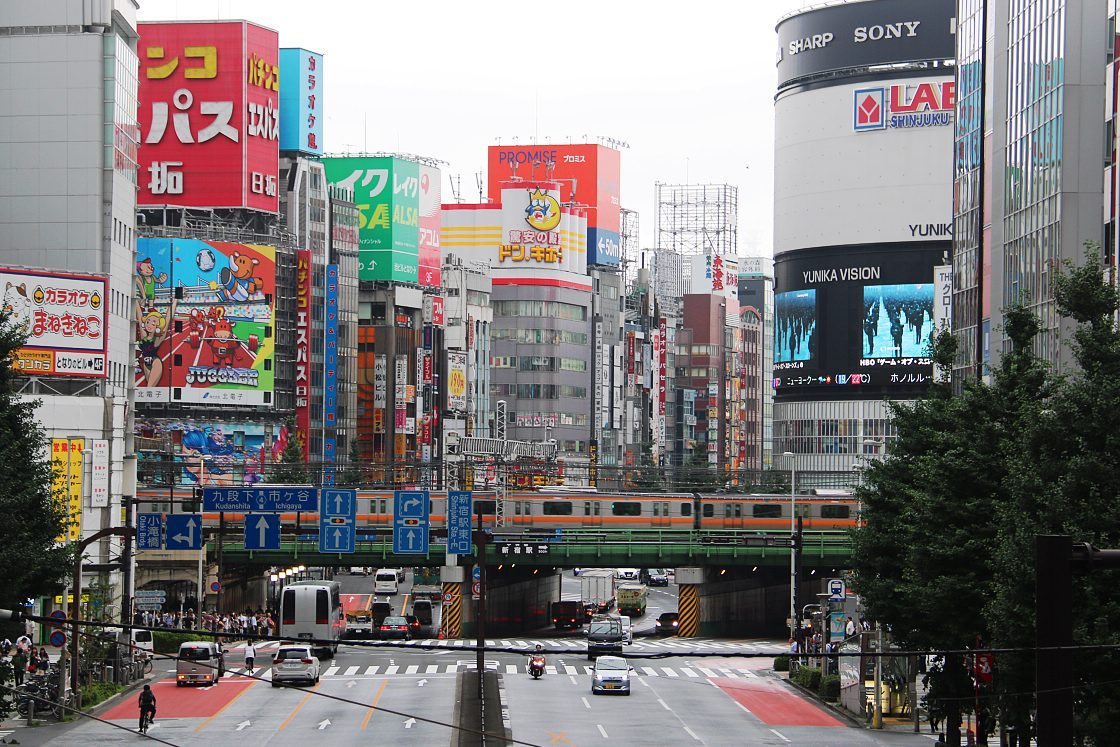
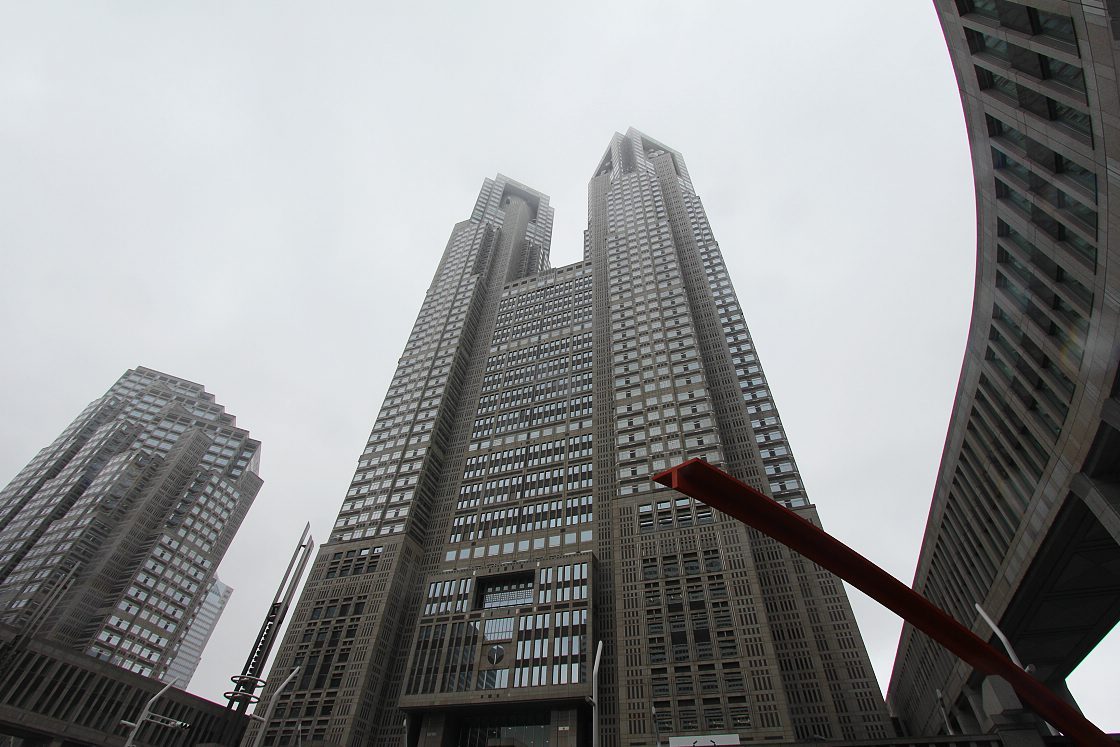
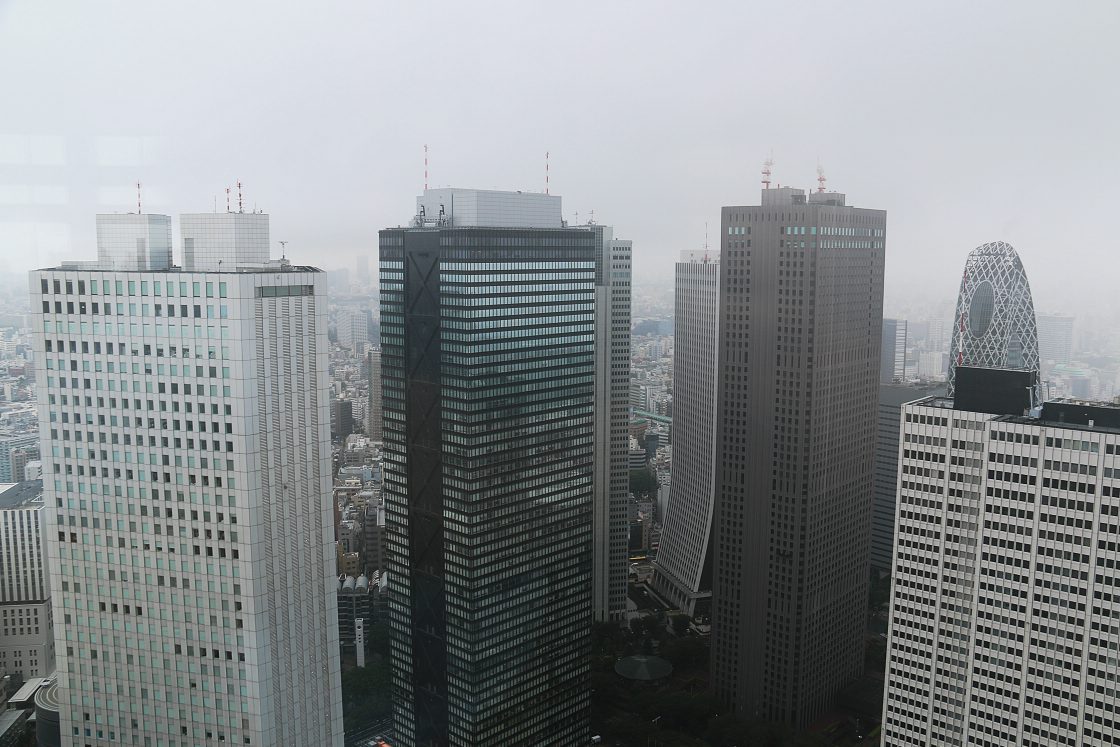
The view from the South Observatory was impressive, and I especially enjoyed the chance to see the interesting shaped Mode Gakuen Cocoon Tower from a unique perspective. Following the observatory, I made my way back through Shinjuku's bustling streets to Odakyu Line Shinjuku Station, where I purchased Odakyu Electric Railway's Hakone Freepass from the Odakyu Sightseeing Service Center. With my pass in hand, I boarded a limited express Romancecar to Hakone-Yumoto Station (note that the Hakone Freepass doesn't cover the limited express surcharge, so riding the Romancecar requires an additional fee).
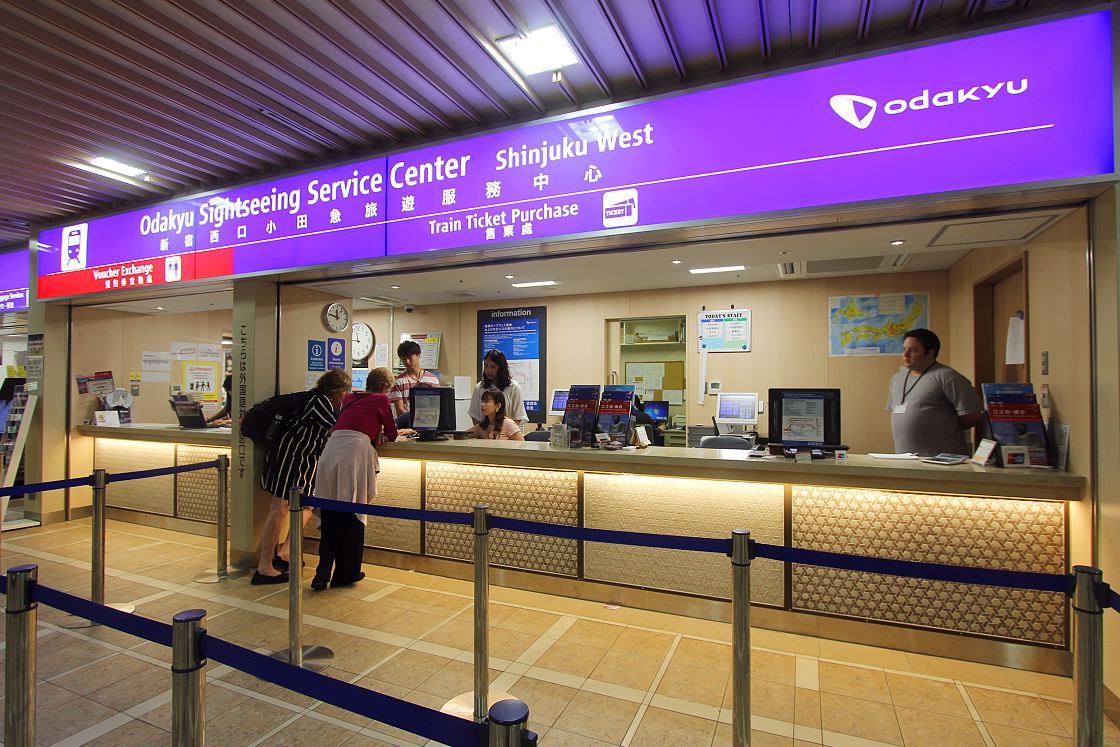
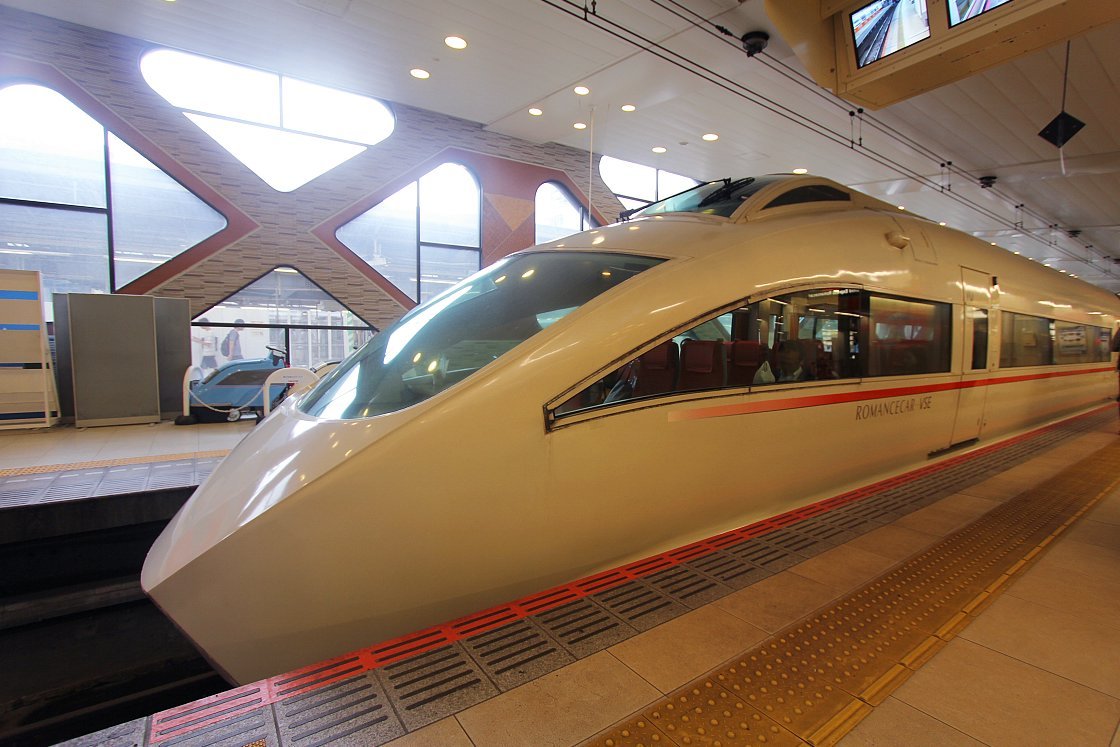
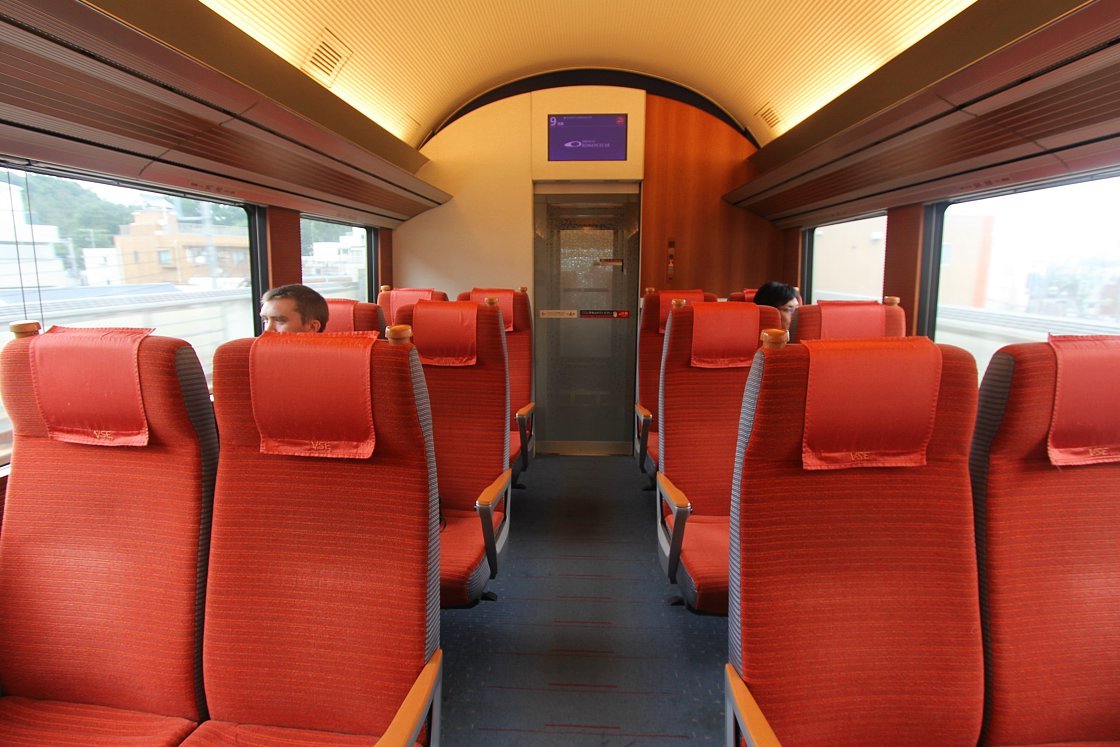
The ride on the luxurious Romancecar was very pleasant and relaxing, and I relished taking in scenes of the suburbs and countryside as the city began to thin out. Before I knew it we'd arrived at Hakone-Yumoto Station, which serves a famous hot spring town at the entrance to Hakone. In addition to its onsen baths and ryokan, Hakone-Yumoto is known for its long history and high quality hot spring water.
After alighting the train I wandered down the town's bustling main street, past various street food vendors and craft-cum-souvenir shops. The town has a nice atmosphere which is contributed to by the constant buzz of chatter and the beautiful nature that bears down on the town.
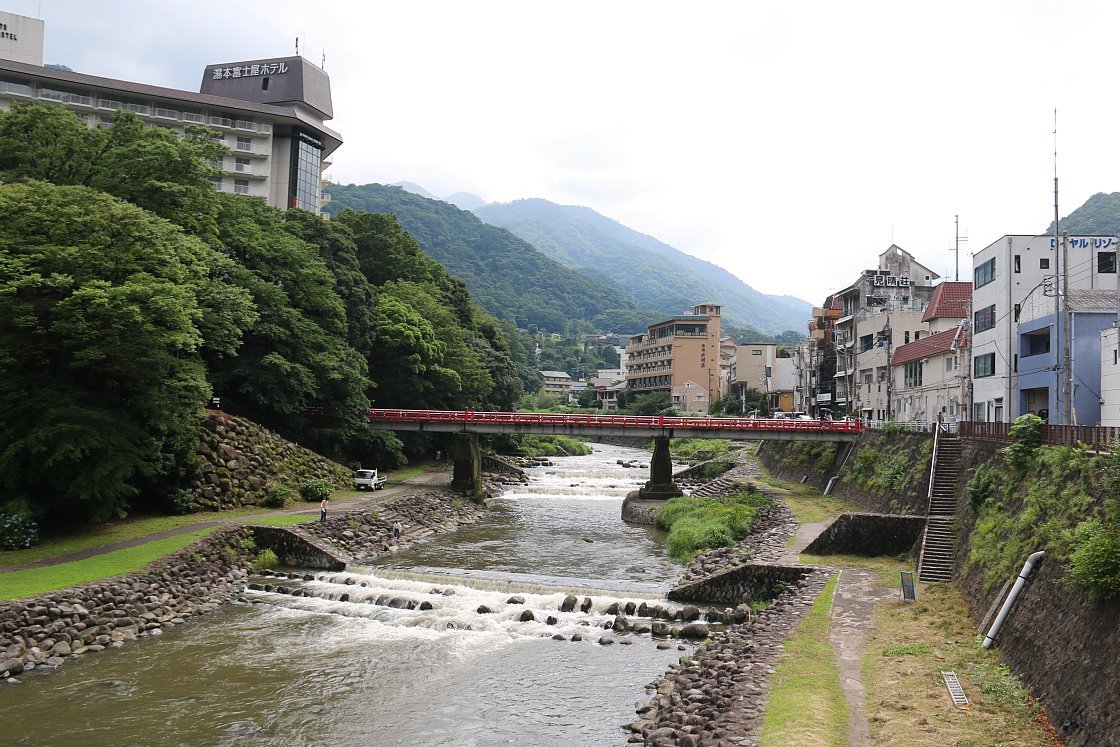
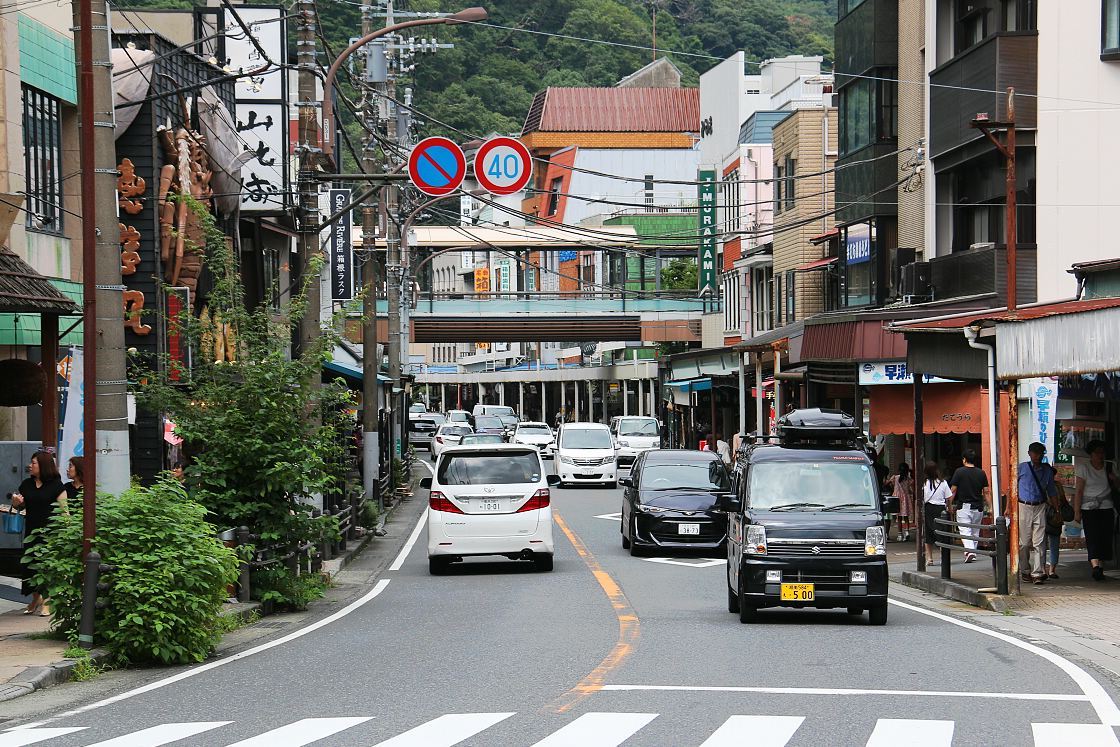
After exploring Hakone-Yumoto, I hopped on the Hakone Tozan Line and enjoyed the views as this train line, that connects different parts of Hakone, wound through the mountainous landscape. Before long I'd arrived at Chokoku-no-mori Station, and from here made the few steps to the Hakone Open Air Museum.
The Hakone Open Air Museum constitutes a relatively large, outdoor space nestled within the mountains that contains an impressive selection of art installations and other forms of art. The museum's main charm is the interplay between the big, bohemian structures and the beautiful nature that surrounds them. I thoroughly enjoyed walking around the place, taking in the art while feeling one with nature.
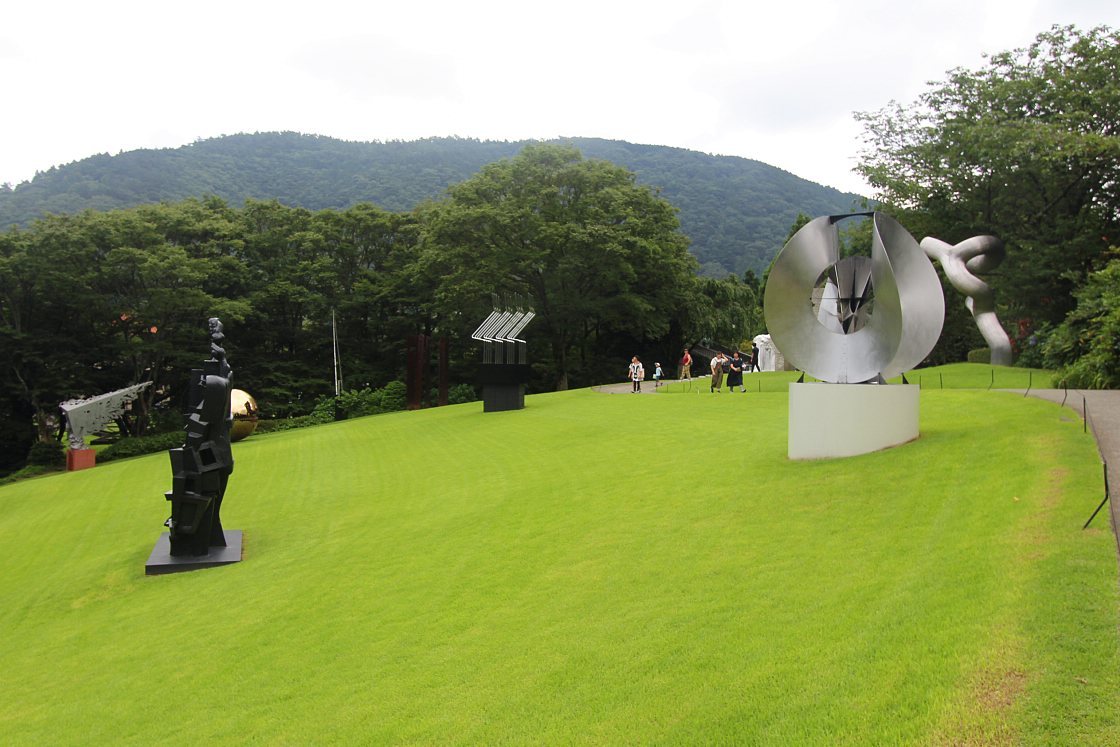
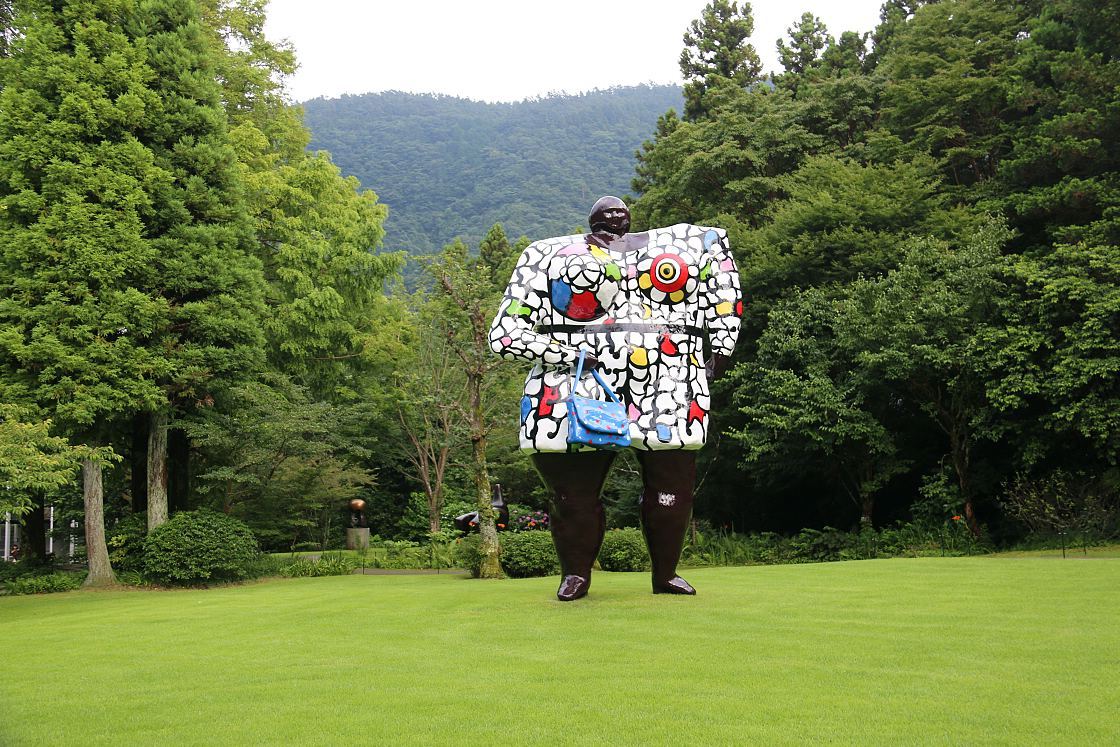
It was now time to check into the nearby hotel where I'd be spending the night, the Hakone Yutowa Hotel. Staying in this newly opened hotel allowed me to enjoy one of the modern rooms, and also take a relaxing soak in the hotel's bathing area. After a day of fun exploration, this was just what I needed!

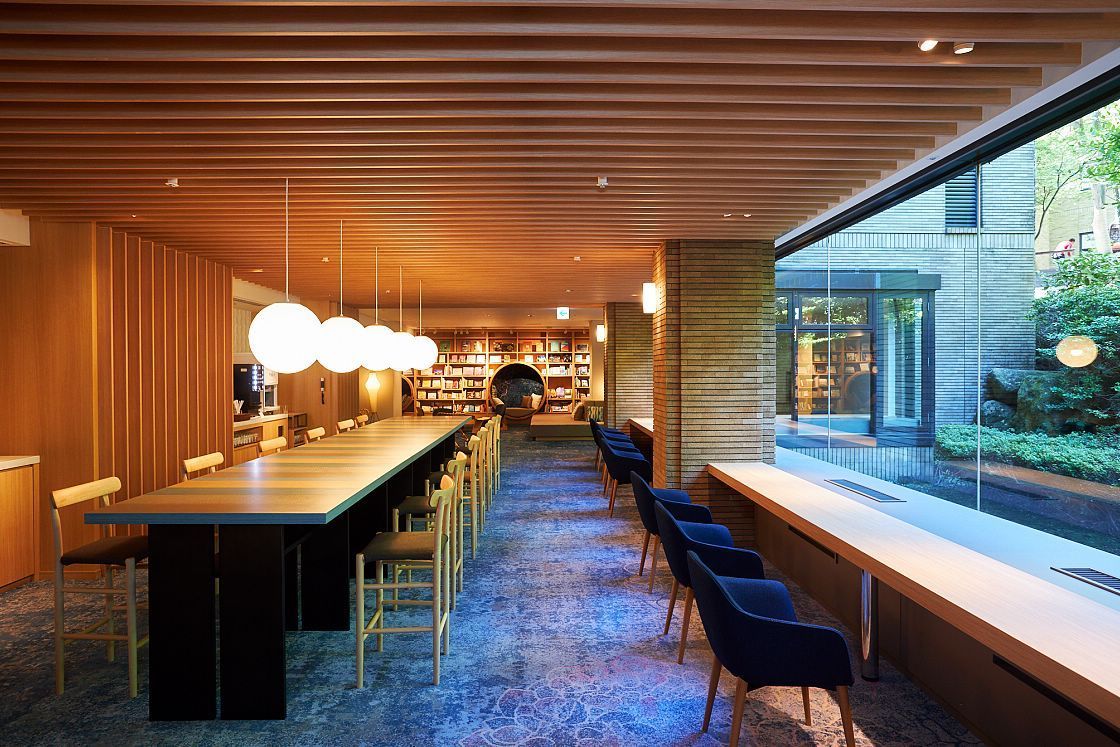
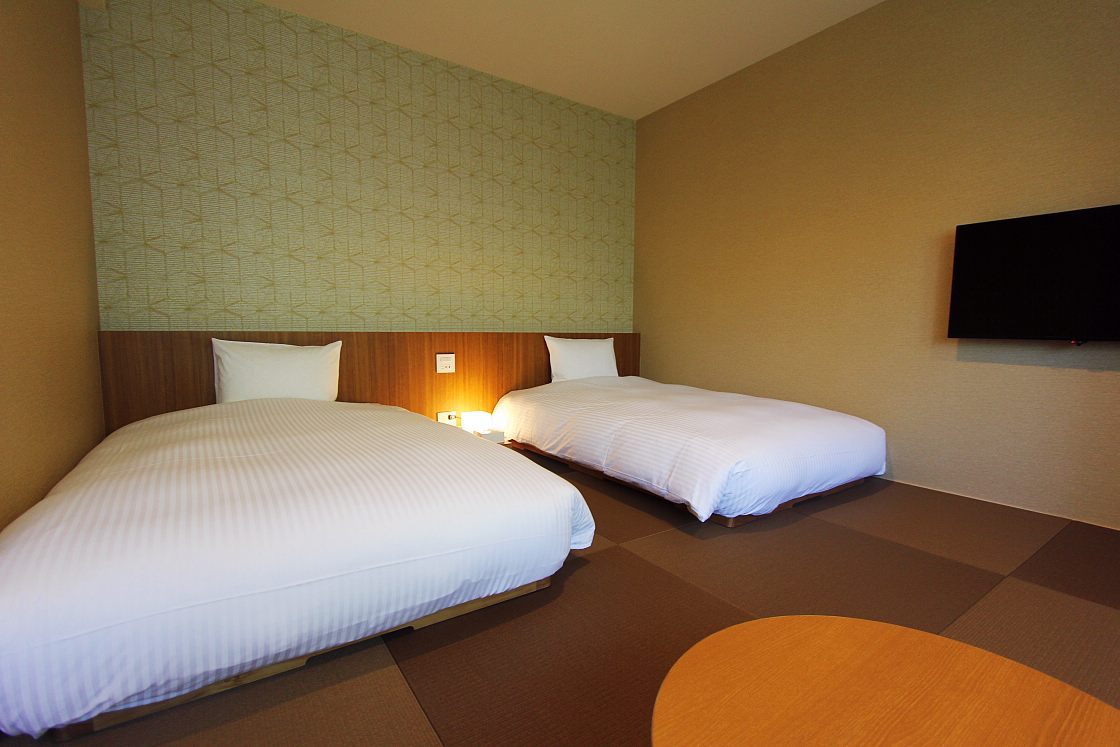
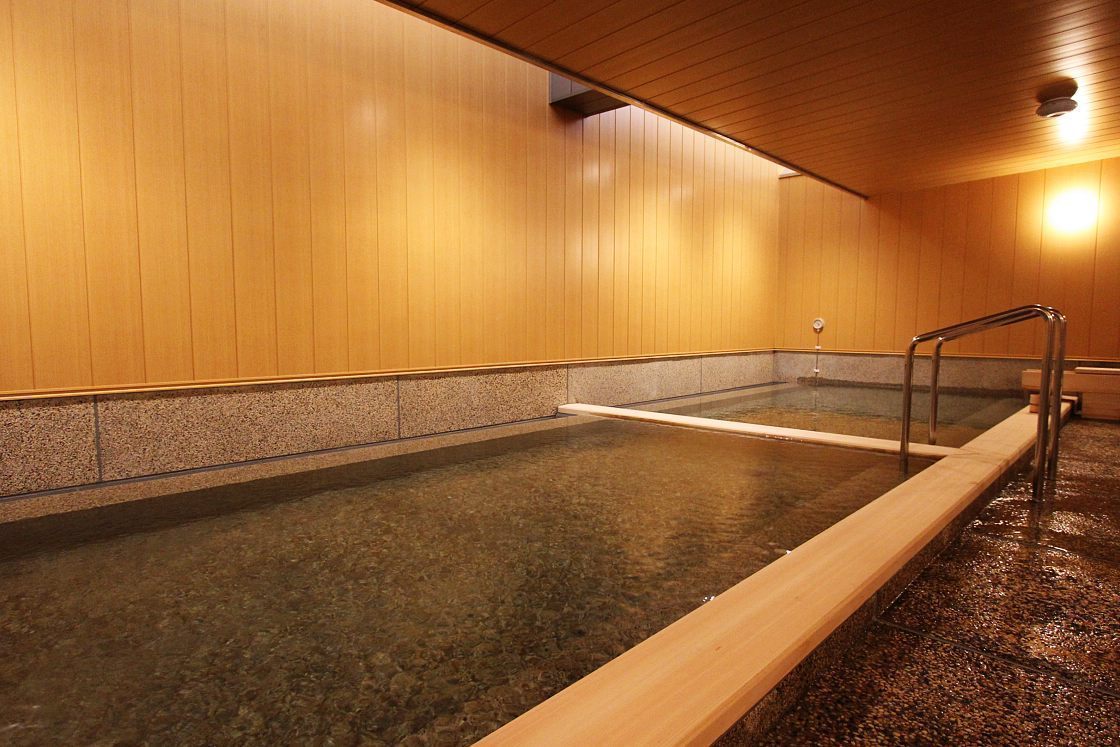
Day Two
I began day two of my adventure by making my way further into Hakone and down to the shores of Lake Ashi, where I took a Hakone Sightseeing Cruise from Togendai-ko to Hakonemachi-ko across the length of the lake. The views of the stoic mountains surrounding the lake that I was afforded on this journey were spectacular, and being on the boat made it all the more exciting. These vessels, which are fun lovingly styled like old pirate galleons, cross the lake multiple times per day.
Upon arrival at Hakonemachi, I began following the shoreline to Motohakone, and enjoyed strolling for part of the way along the area's famous Cedar Avenue that meanders through a lush forest and boasts an ethereal atmosphere. Within less than half an hour I arrived in the small town of Motohakone and stopped on the lake shores to take some pictures of the surroundings.
From this point, visitors are afforded views of the iconic lakefront torii gate of Hakone-jinja Shrine, and on clear days, it is sometimes possible to see Mount Fuji behind it and the lake.
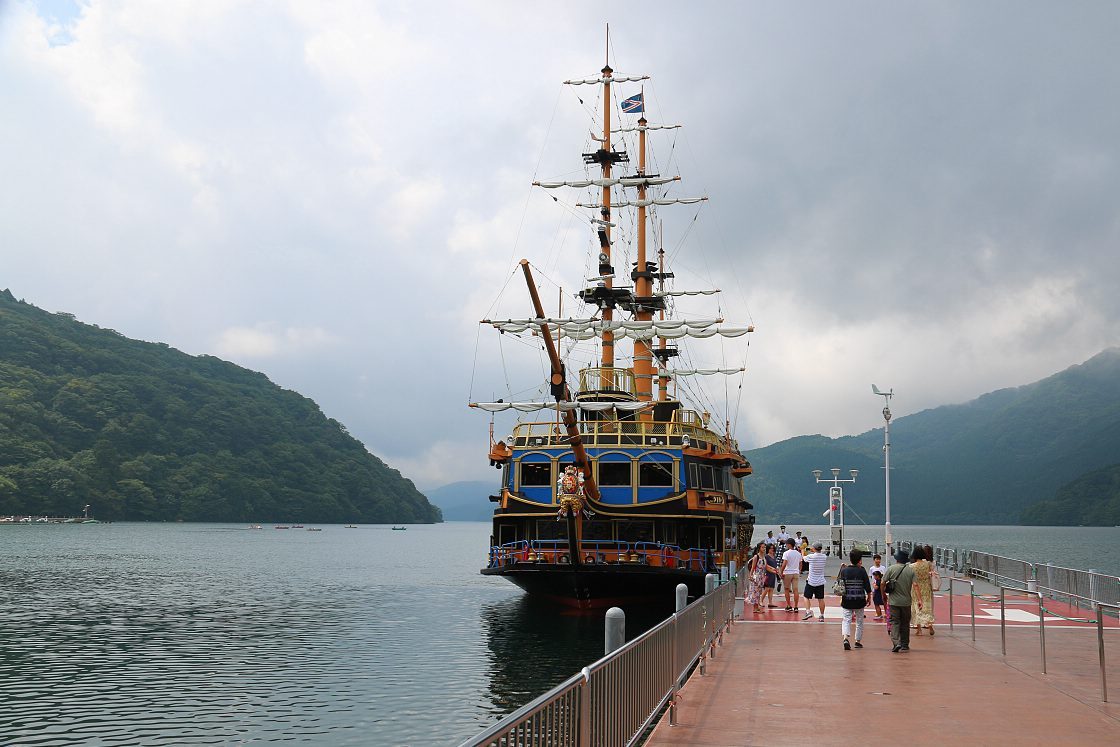
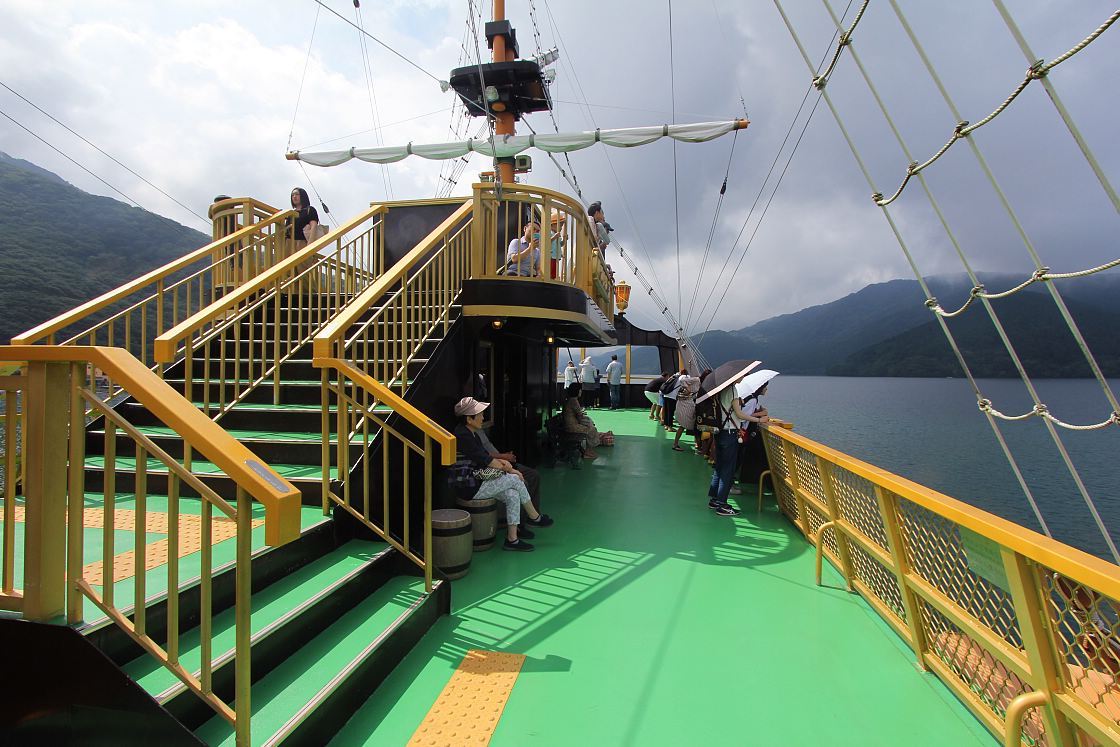
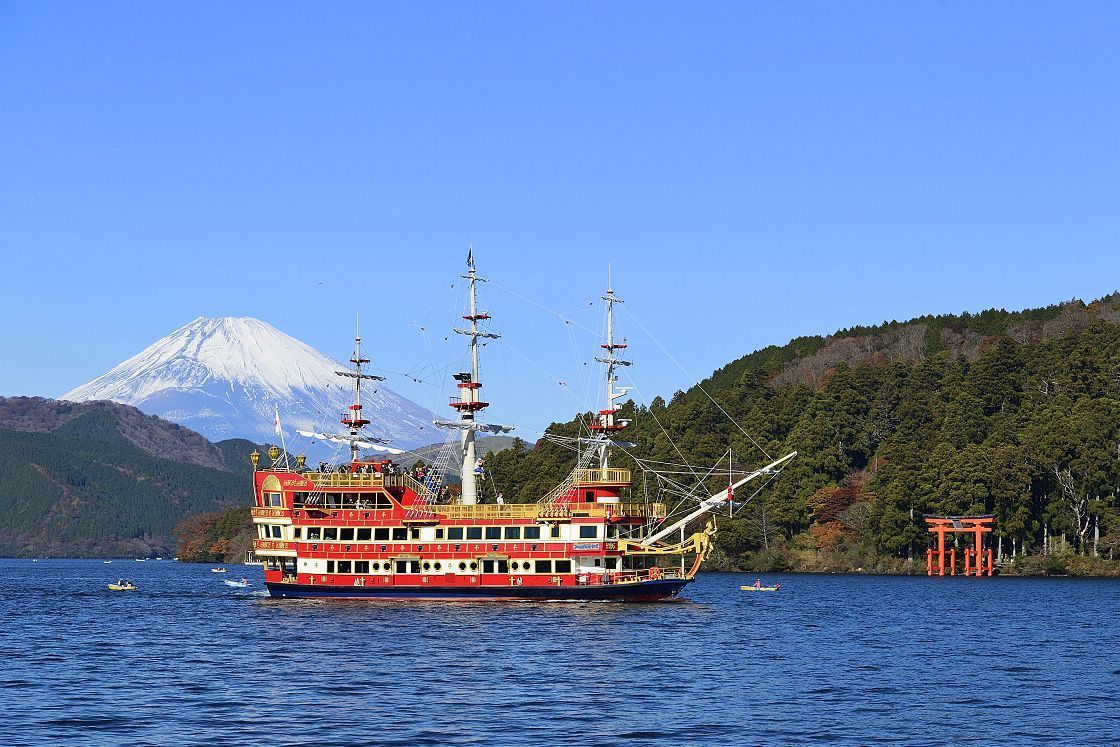
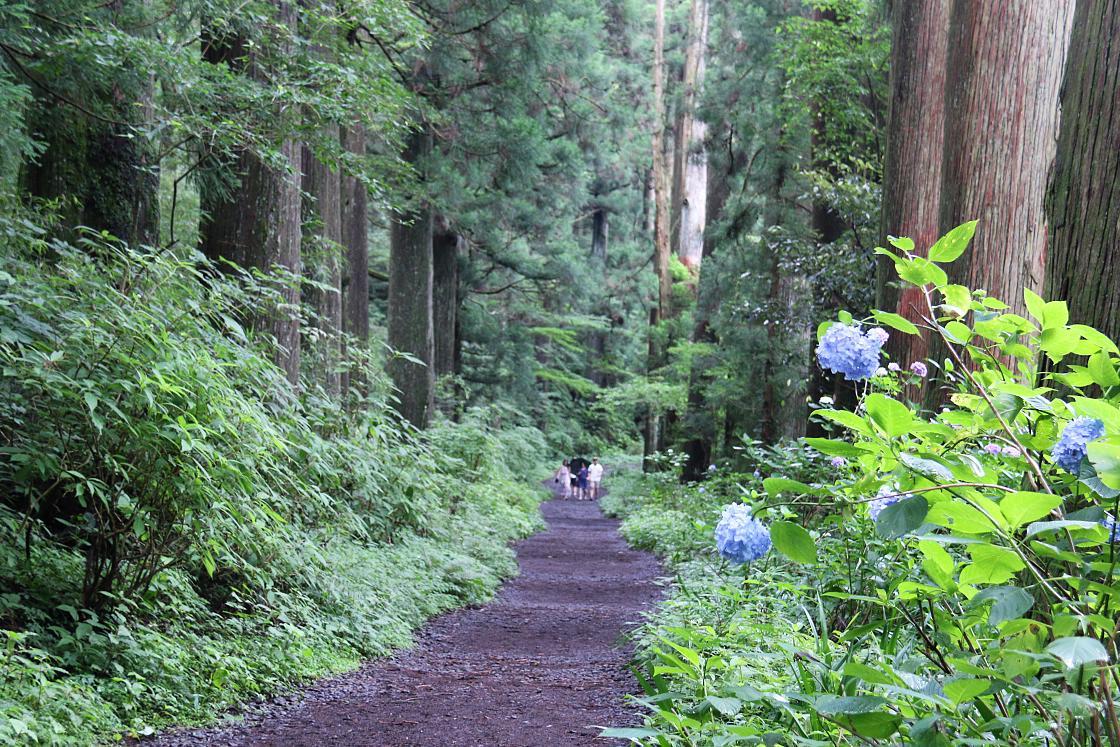
After taking in the jovial atmosphere along Motohakone's lakefront area, I hopped on a bus that took me to Mishima Skywalk. At 400 meters long, this bridge is the longest pedestrian only suspension bridge in Japan, and provides visitors on clear days with a spectacular and unique view of Mount Fuji.
With it being a tad overcast on my visit, I was unfortunately unable to make out the famous mountain, but nonetheless enjoyed strolling along the bridge, which traverses a gorgeous natural valley. It was fun to see people ziplining across the valley and making use of the skywalk's other facilities. From the skywalk, I boarded another bus to Mishima Station and then transferred to the Tokaido Shinkansen that whisked me across the country to Kyoto, where the second half of my adventure would begin.
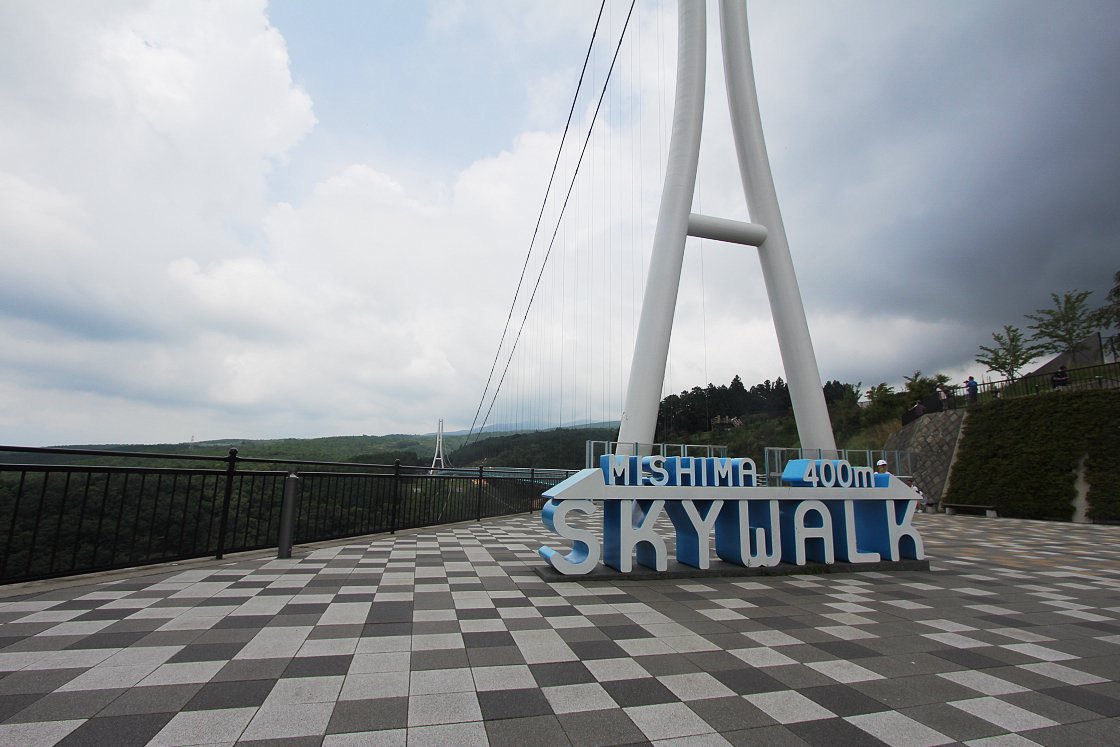
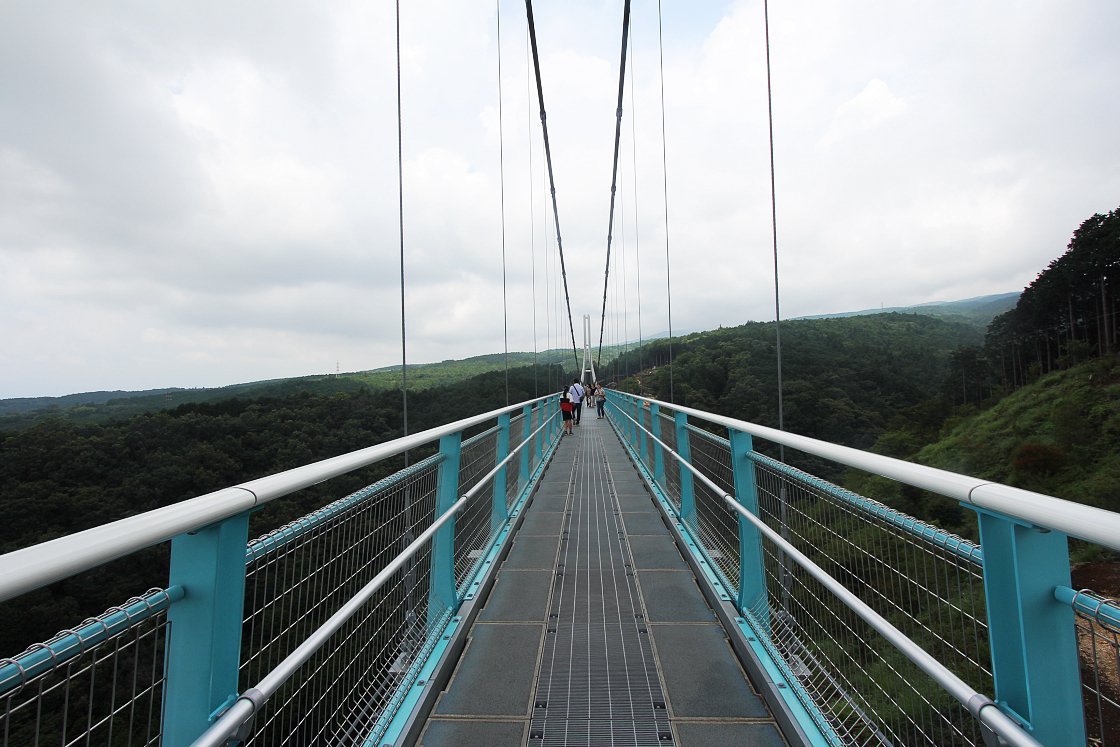
The shinkansen journey from Mishima to Kyoto took around two hours, and after arriving in Kyoto, I headed out into this exalted ancient city to explore a couple of its many historical riches. The first stop on my Kyoto tour was reached by taking the Keihan Kyoto Station Loop Bus from near Kyoto Station to Shichijo, and then transferring to the Keihan Railway to reach Gion Shijo Station. Note that the loop bus is discounted to those staying in Keihan hotels, those with a Keihan rail pass or those just planning to take Keihan trains.
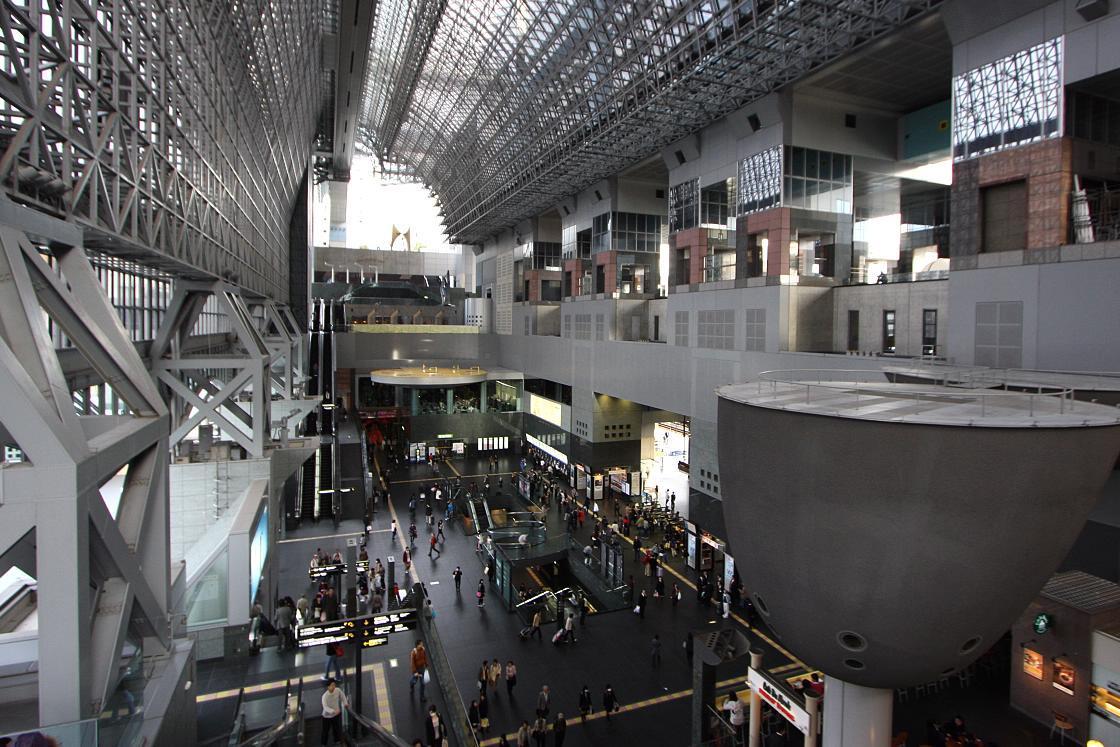
When I arrived in Gion I was blown away by this hugely celebrated neighborhood that is so famous as one of the premier historical nightlife areas in the country. Gion draws many visitors who are keen to see the area's well preserved streets that remain looking similar to how they did in the Edo Period and boast tea houses, restaurants and lodgings.
A hop, skip and a jump from Gion stands the exalted Yasaka Shrine. Dating back more than 1350 years, this is among the most famous religious sites in the city, and notably hosts the Gion Festival every summer, which is arguably the most famous festival in all of Japan! The shrine attracts many visitors year round, and on my visit, the hustle and bustle gave the shrine a pleasant atmosphere. I walked around the shrine's main precincts, admiring the inspiring architecture, as the setting sun began to cast long shadows over Kyoto.
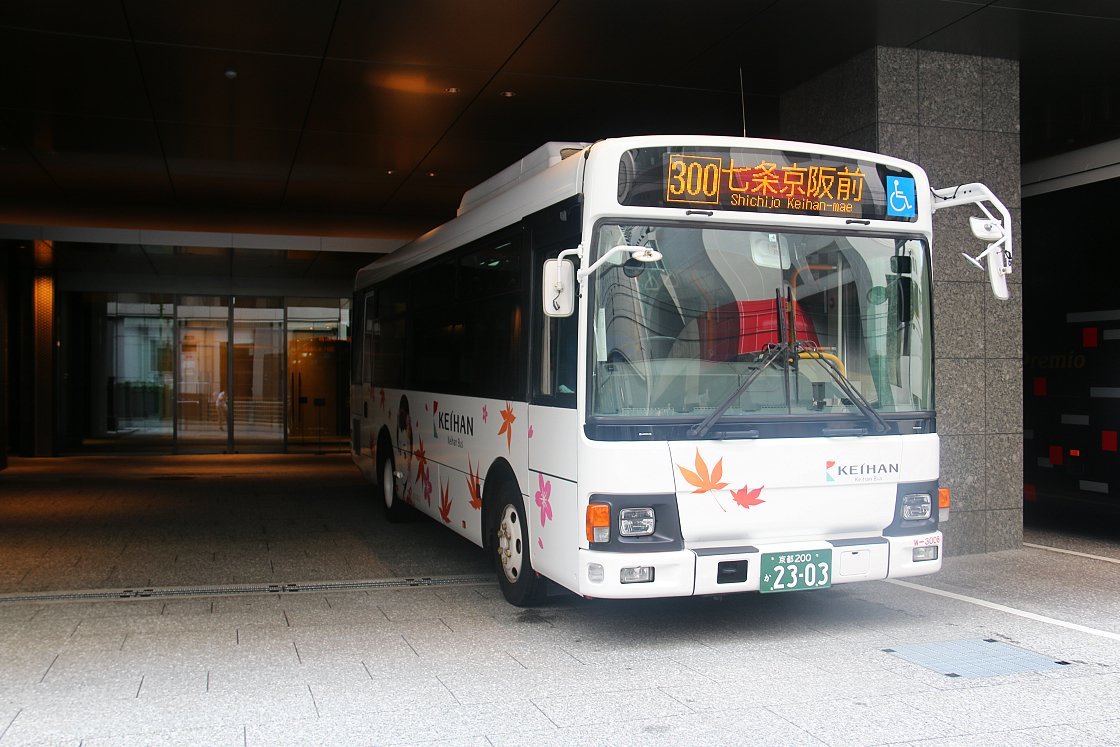
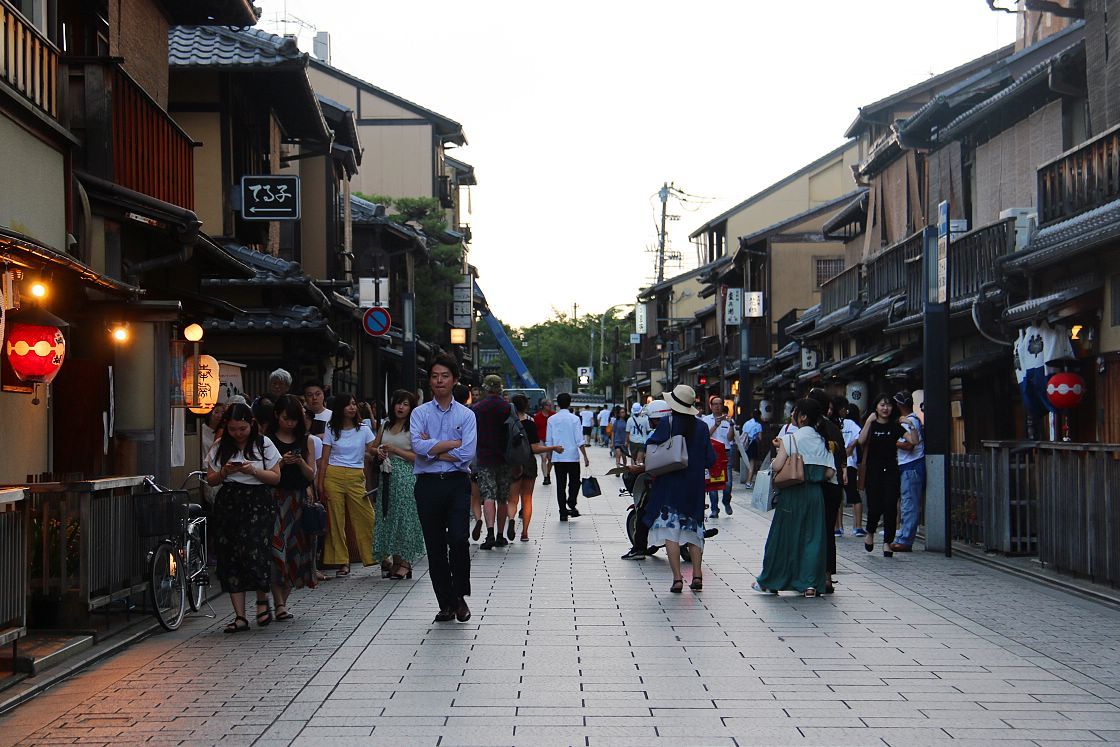


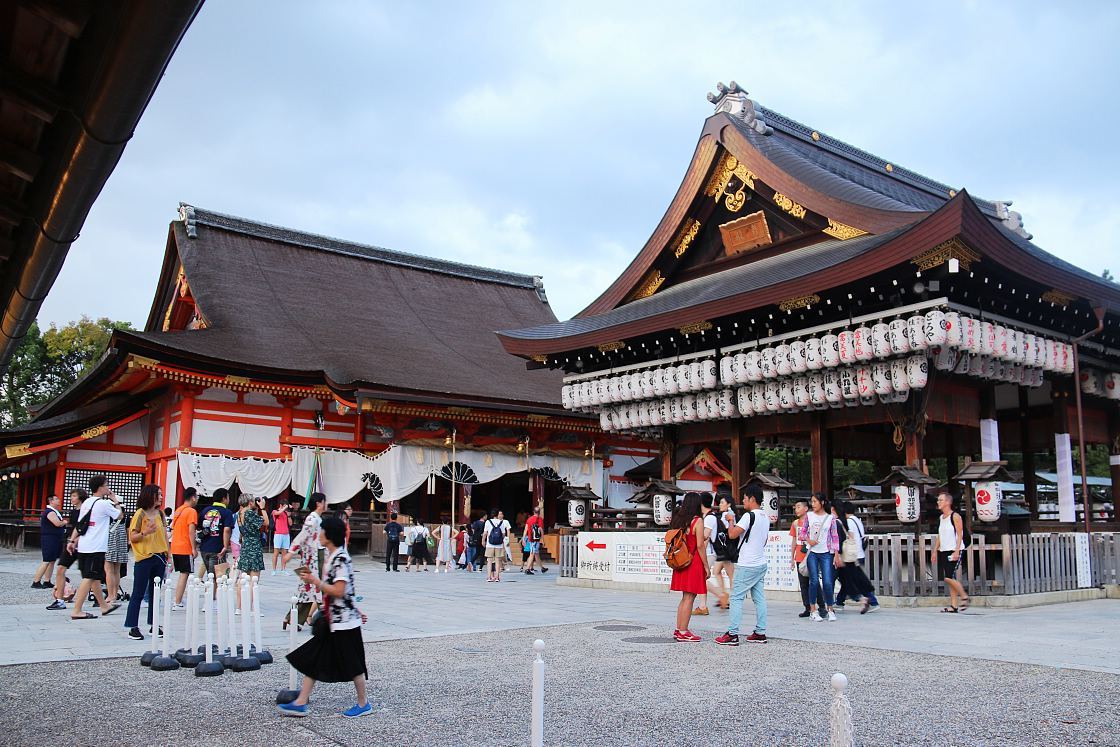
From Gion Shijo Station I boarded the Keihan Railway back to Shichijo and then took the Keihan loop bus to around Kyoto Station. Here I wandered to Kyoto Tower and to the Kansai Tourist Information Center to buy a rail pass that would serve me well on tomorrow's travels, the Kyoto Osaka Sightseeing Pass (Greater Kurama and Kibune Area). It was now time to make the short walk over to the hotel where I'd be staying the night.
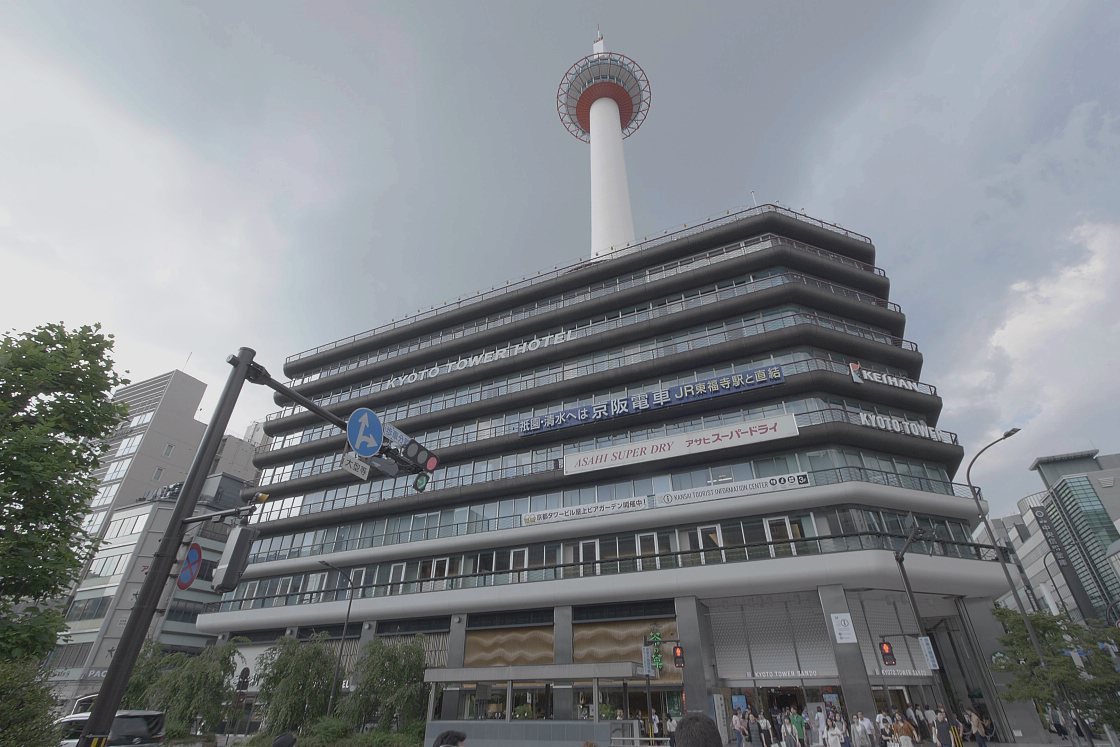

THE THOUSAND KYOTO, located in front of Kyoto Station, was newly opened in January 2019 and boasts a modern, sleek lobby from which guests can make their way to the hotel's luxurious rooms. My room was beautiful and spacious and proved great for relaxing after a long day of travel.
The biggest impression left on me by this hotel was the exquisite food on offer. For dinner, I was lucky enough to dine at Kizahashi, the hotel's own traditional Japanese restaurant, where I was served one of the best washoku sets I've ever experienced. The highlights included a mouthwatering sashimi course containing seared pike eel (hamo), and soft-shelled turtle tofu (suppon tofu) to name a couple. The entire meal was delectable and made for the best possible end to an enjoyable day.
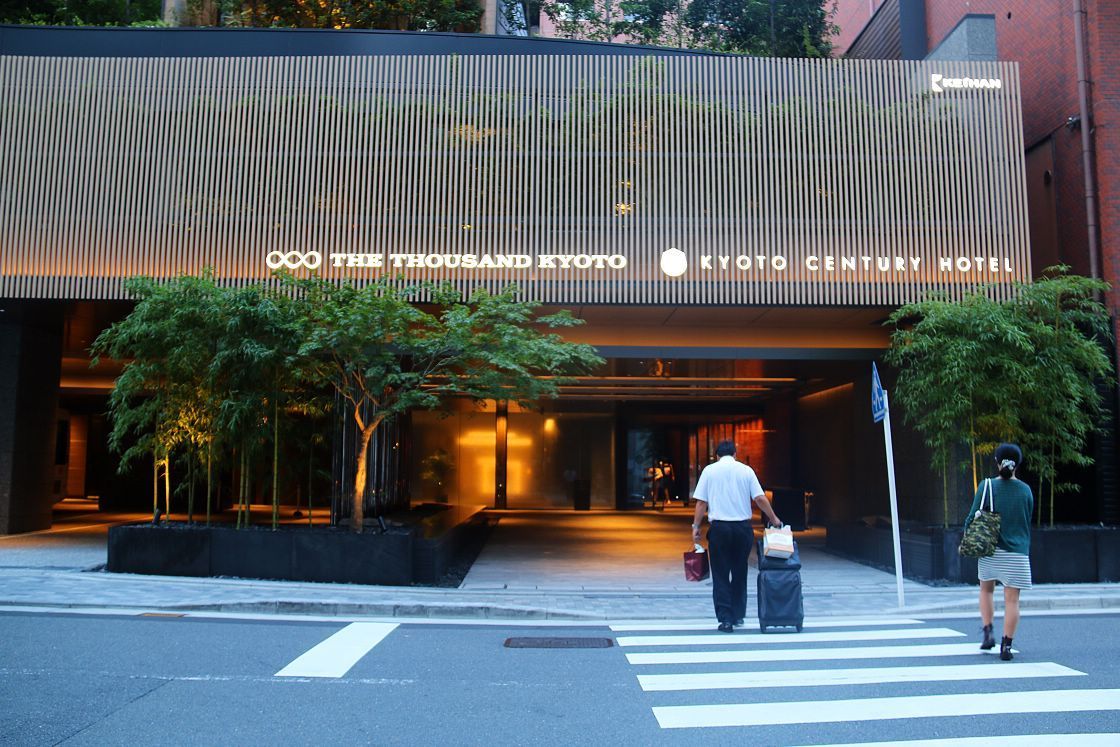
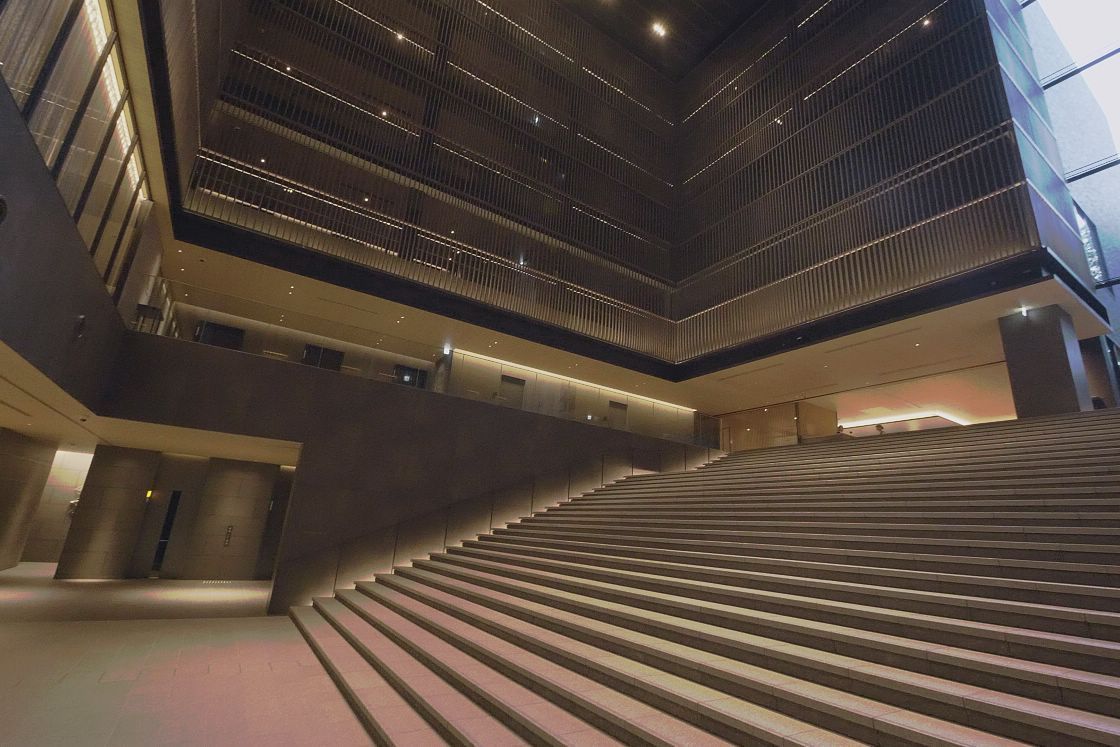

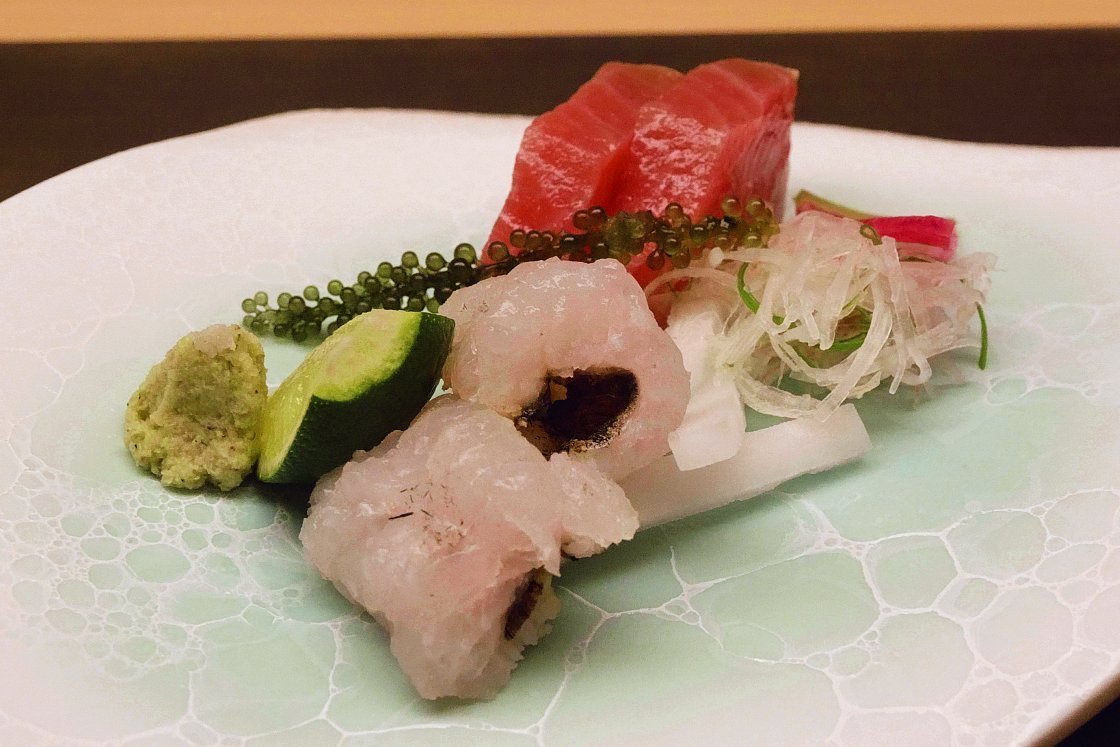
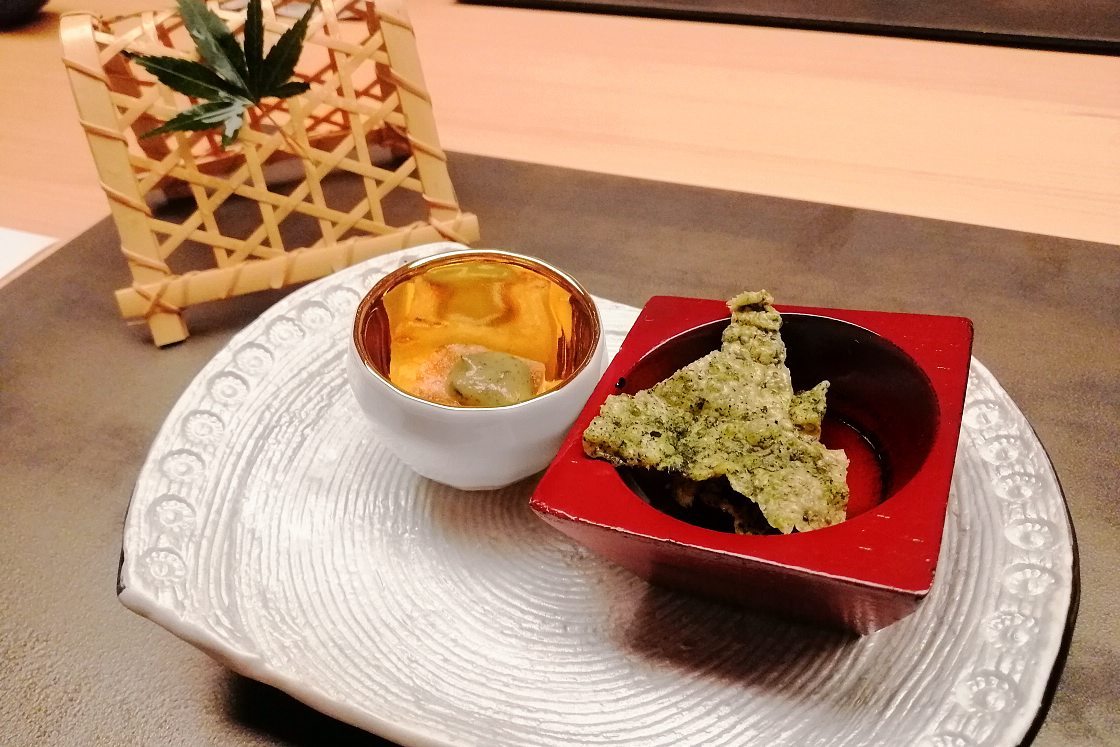
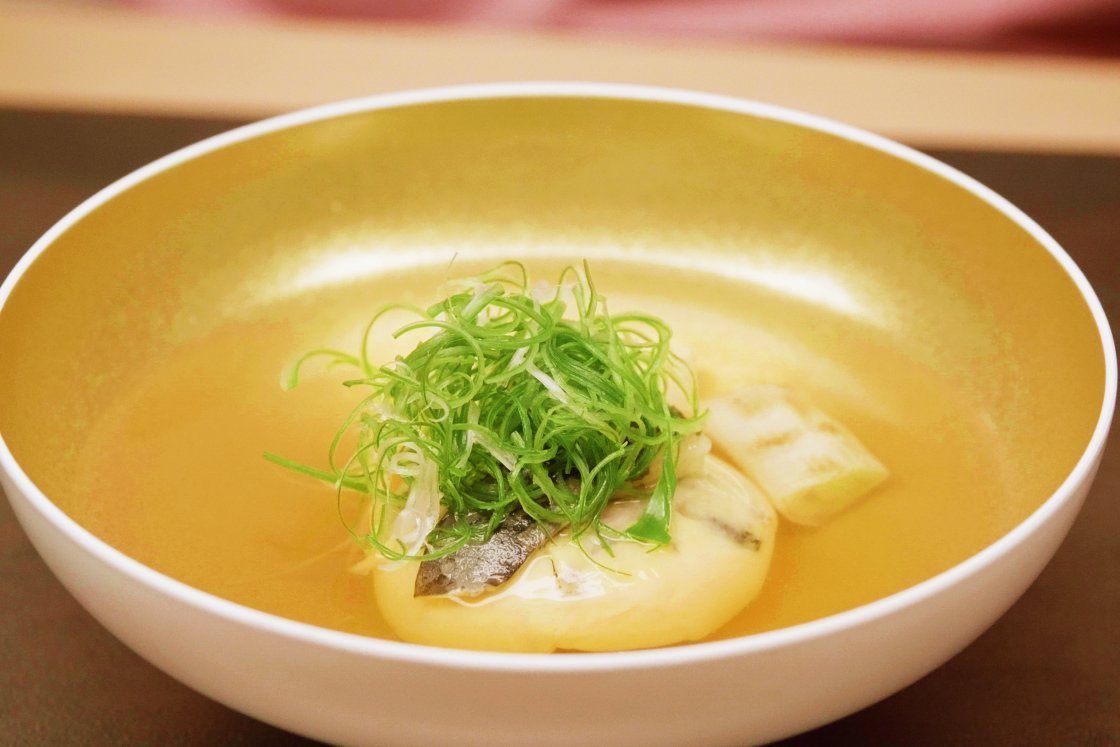
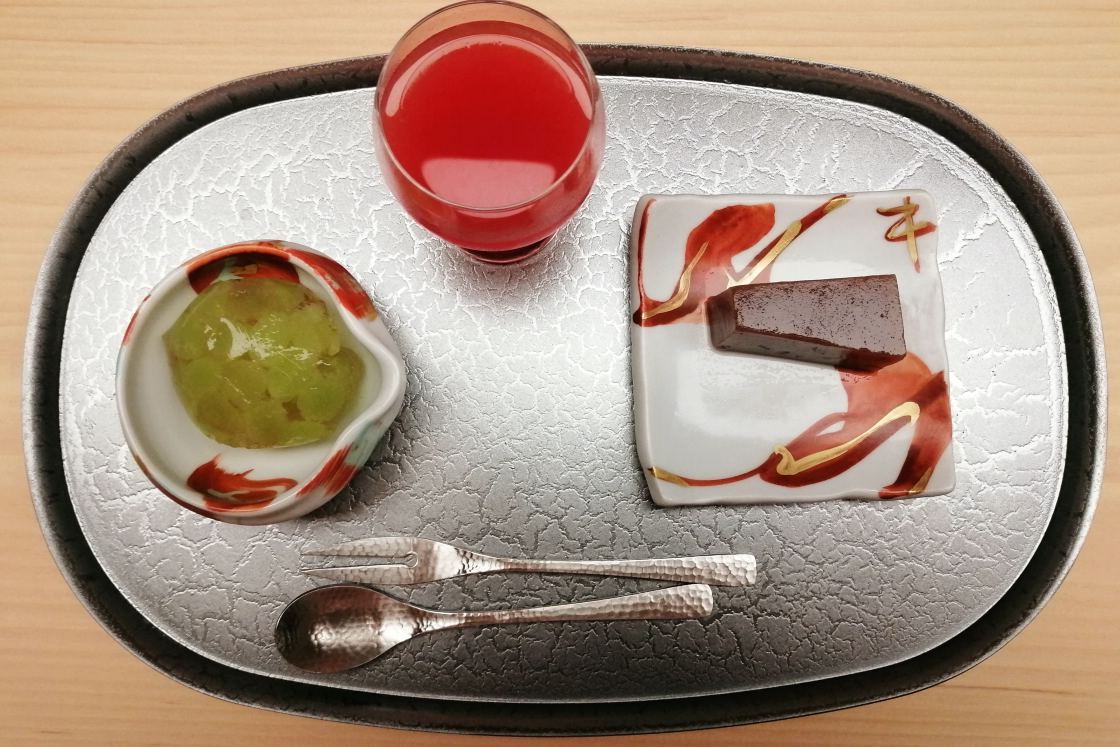
Day Three
I was up early on this final day of the trip to catch the Keihan and Eizan railways up to Kurama in the forested mountains north of Kyoto's city center. From here I was going to hike the approximately 2.5 kilometer trail that winds up and over Mount Kurama and leads to Kibune in the neighboring valley. I alighted at Kurama Station and began the hike, coming very soon to a gate of Kuramadera, which stands as the mountain's temple and main attraction.
The hike is a little steep in parts but not too hard going overall, and within less than an hour I'd reached Kuramadera's main buildings towards the top of the mountain. This area is very interesting, with beautiful architecture and also a power spot, where many visitors come to pray and benefit from the spiritual forces that are believed to exist here. After taking in the sights of this area I continued further up the mountain, trudging along until I finally came to the summit.
On the summit lies another notable section of the hike, the Kinonemichi. Literally meaning "tree root path", this area contains a network of thick tree routes protruding from the ground in an impressive and slightly eerie display of nature. While caution is advised when traversing this section of the hike, the roots make for a great photo opportunity!
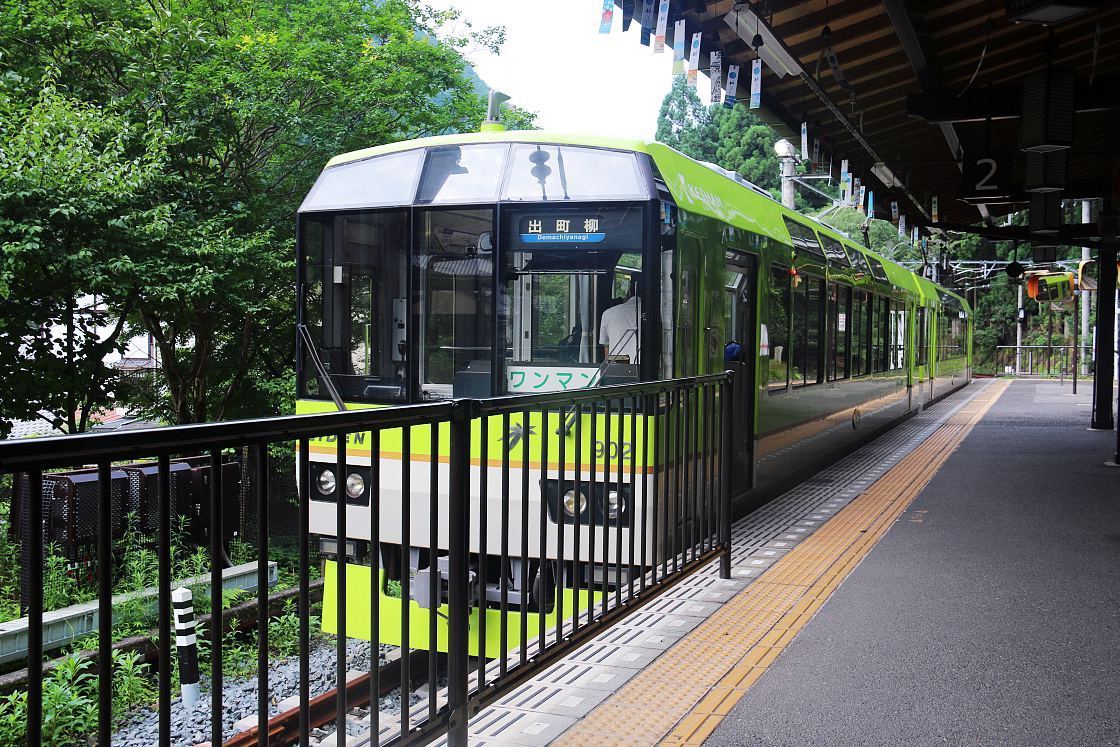
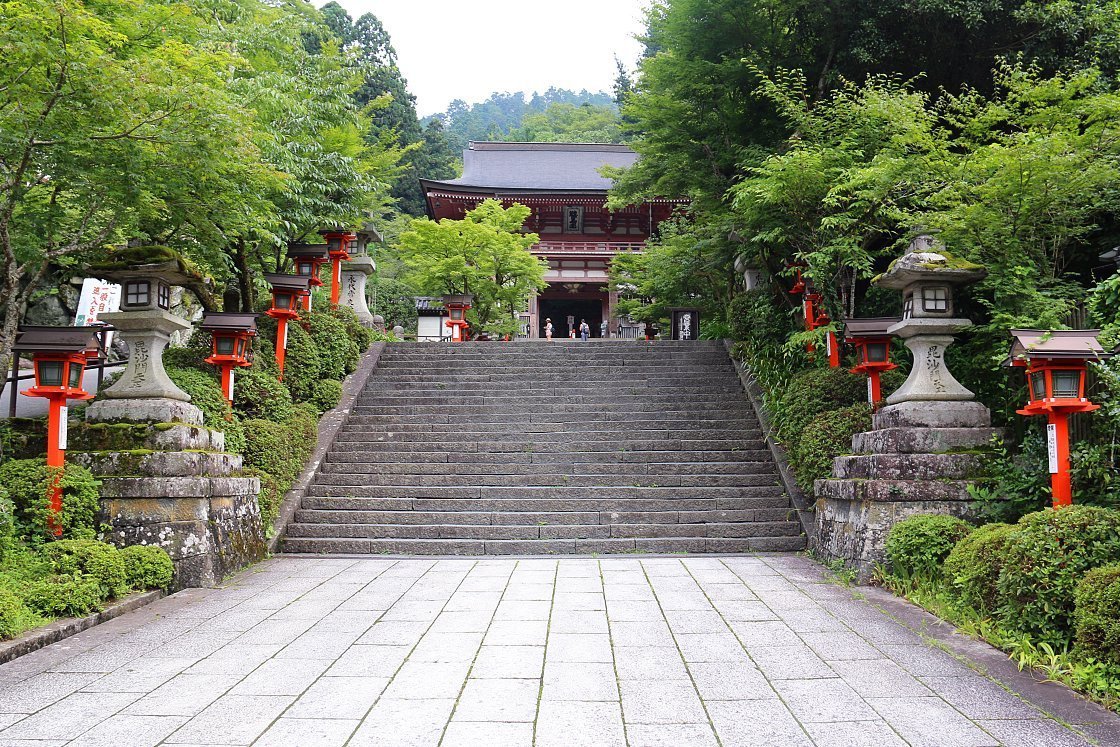
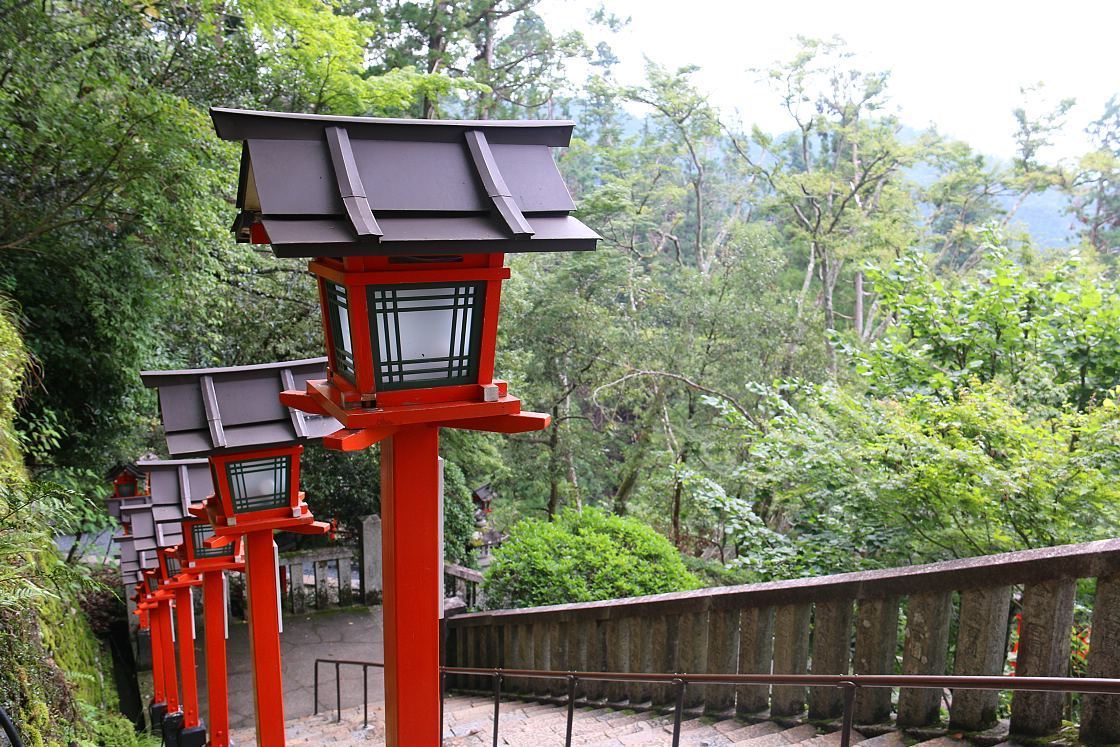
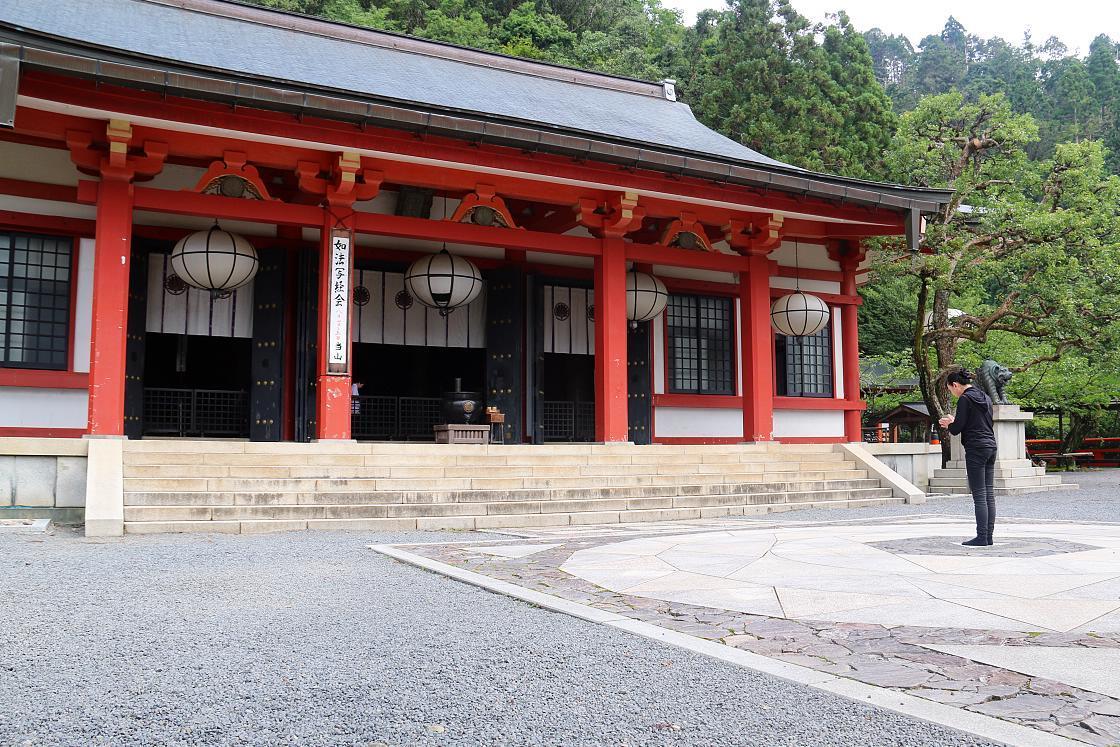
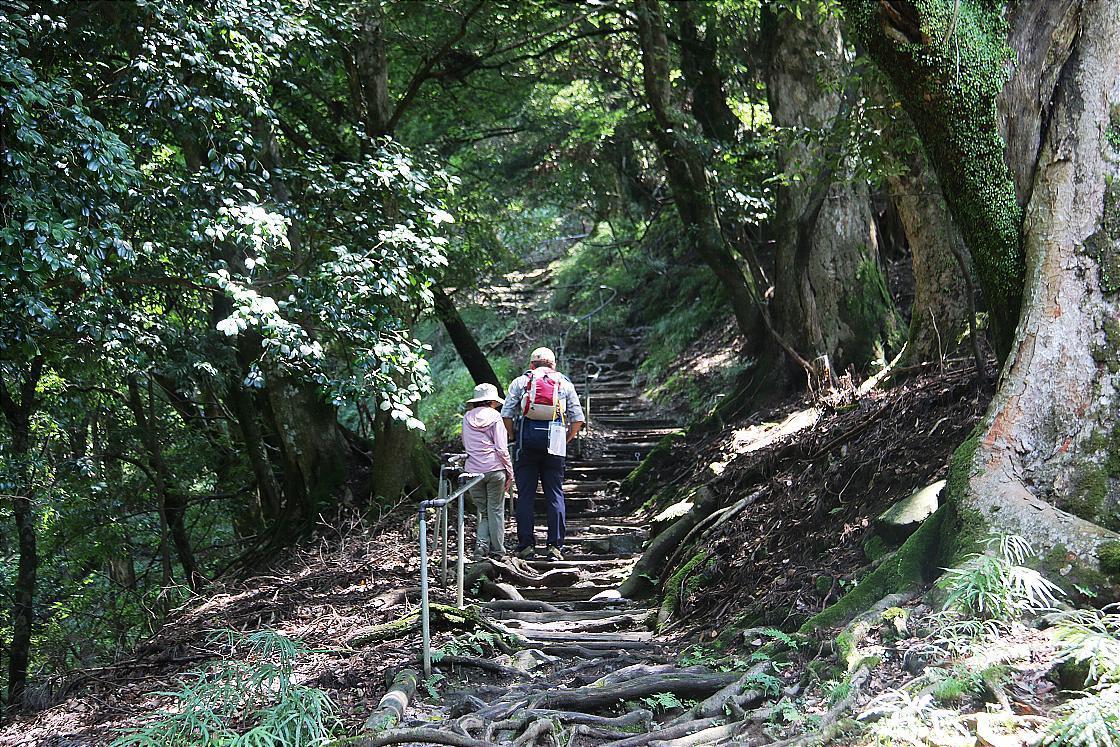
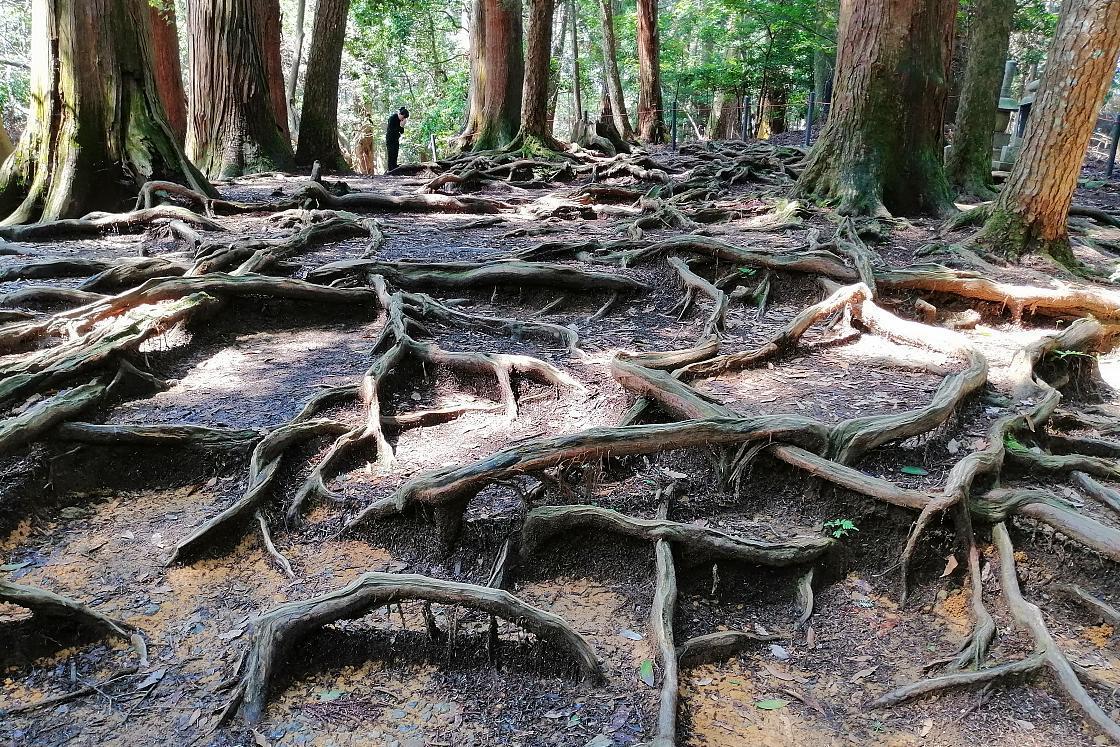
After continuing down the mountain and taking in more scenes of the forest that the path weaves through, I eventually made it to Kibune, and went immediately to explore the town's focal point, Kifune Shrine. Established on the site where, legend has it, a water goddess landed after sailing upriver from Osaka Bay, this shrine has a pronounced focus on all things water, and provides visitors with the chance to float an omikuji fortune on water in troughs along the shrine courtyard's perimeter.
Not wanting to miss my chance to get an omikuji, I bought my paper fortune from the shrine staff and proceeded to lay the paper on the water's surface. Before long, my fortune became visible and thankfully boded good tidings for me.
The fun at the shrine left me with quite the appetite, so I next made the short walk over to indulge in another of this town's main draws, the kawadoko experience. During the summer months, local restaurants along the Kibunegawa River erect platforms above water, on which patrons can enjoy something to eat whilst listening to the currents below. I stopped here and enjoyed a delectable traditional course lunch!
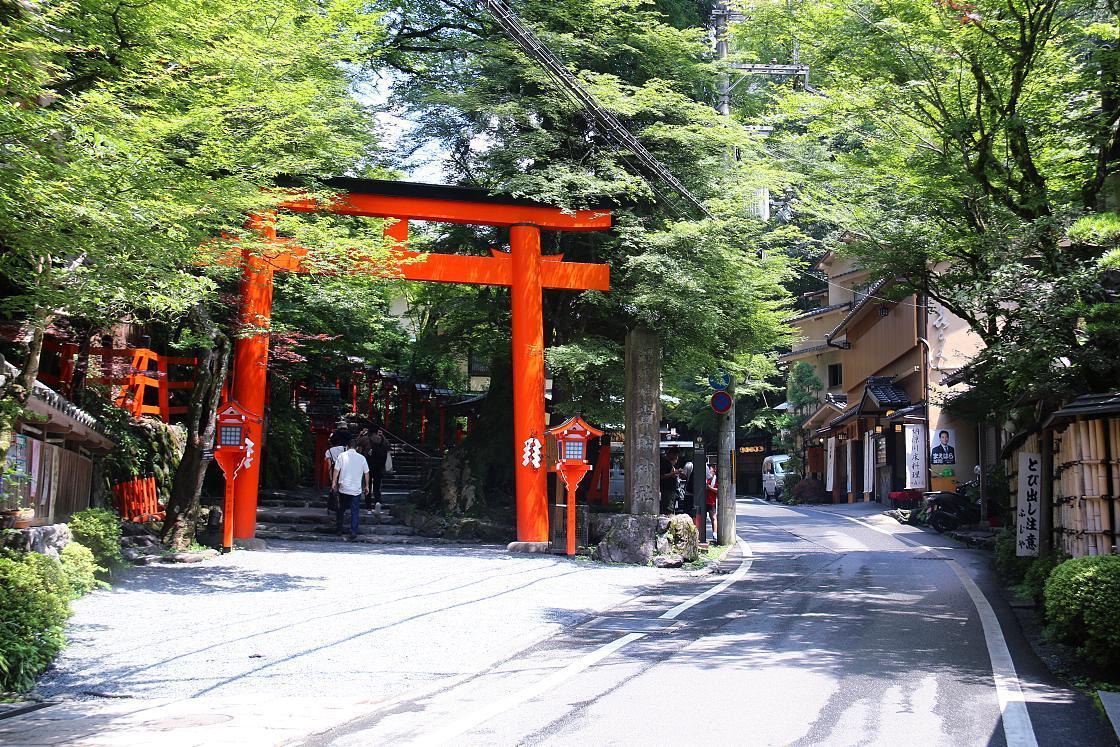
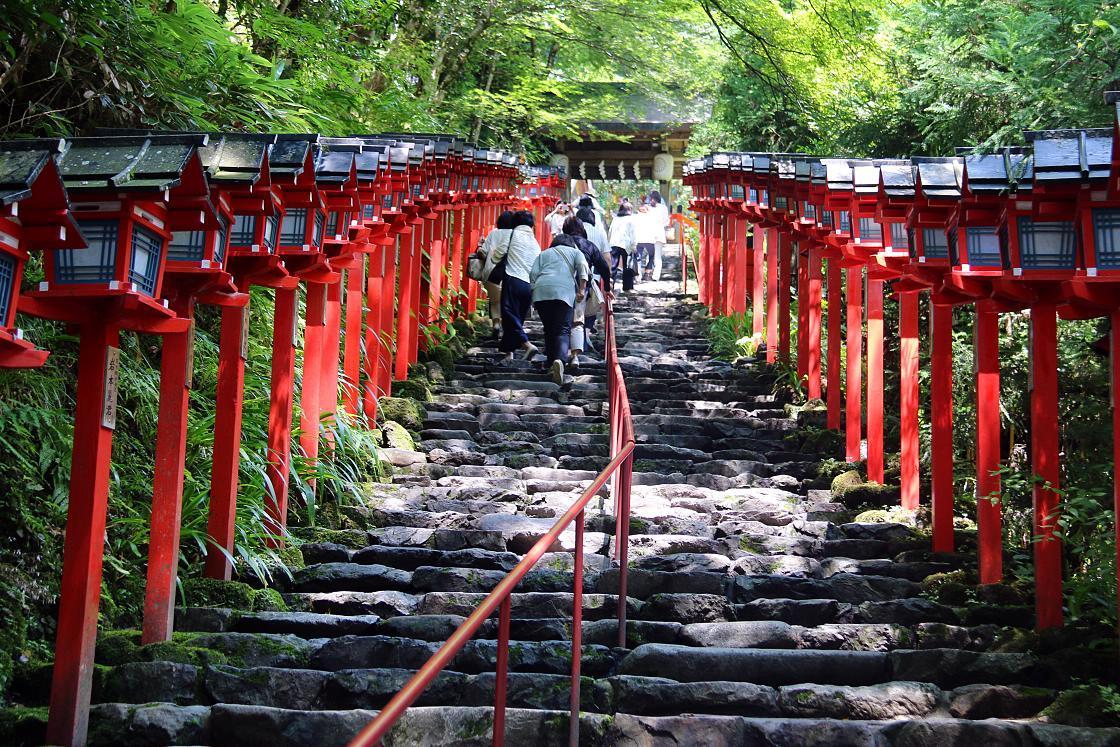
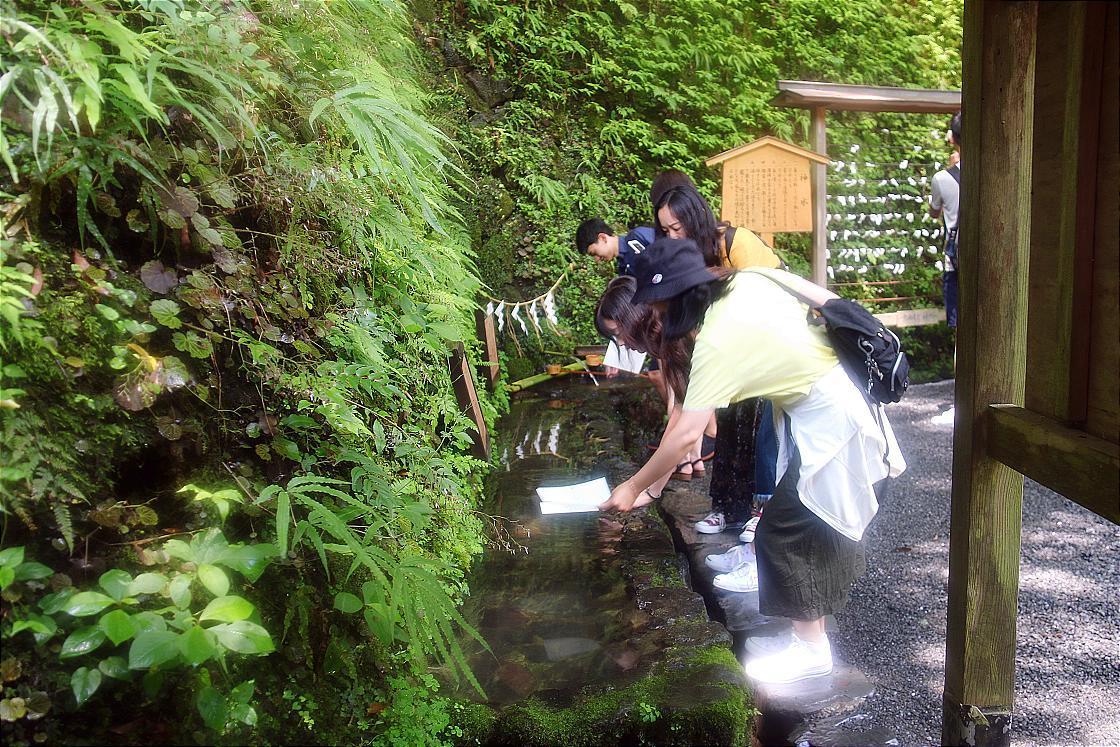

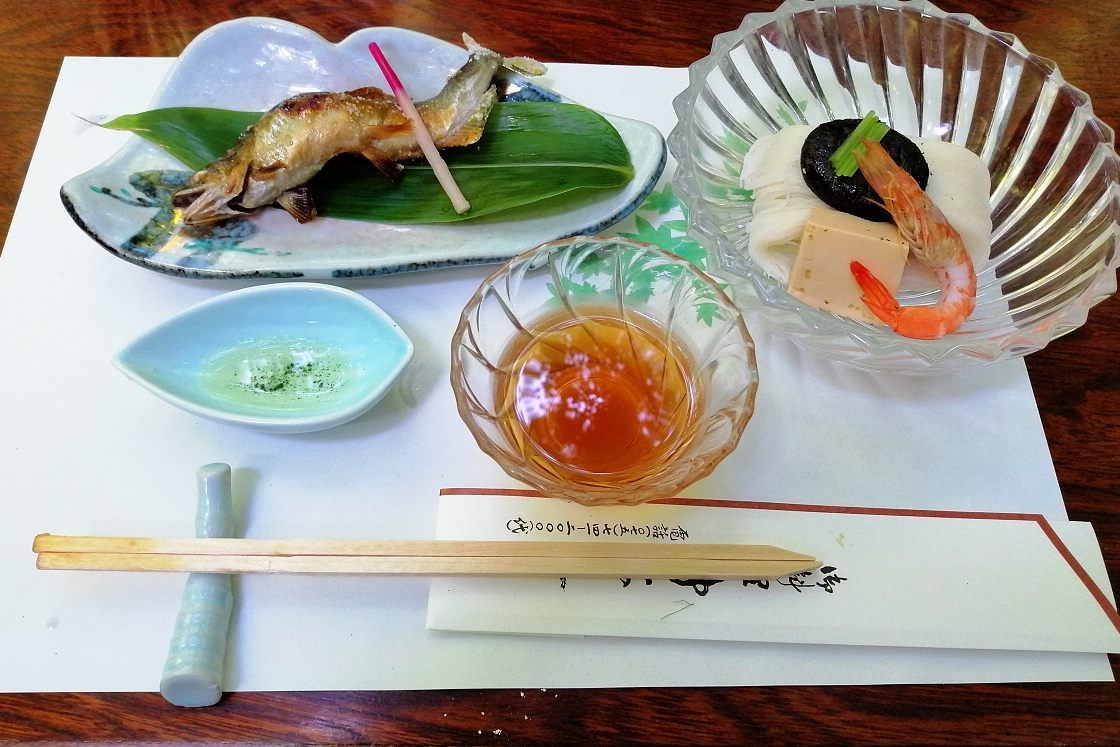
My time in Kibune had come to an end, so I took buses and trains to Gojo-Kiyomizu Station in central Kyoto, and from here made the walk to Kiyomizudera Temple via Higashiyama. The Higashiyama district is a beautifully preserved area of shops and other services that have catered to travelers to the temple for centuries. The atmosphere here remains electric, with many enjoying what's on offer here on their way to or from the temple.
I eventually arrived at Kiyomizudera, which stands as among the most famous sites in all of Kyoto. This temple is well known for its balcony that provides stunning views of the nearby valley and central Kyoto. The roof of the temple's main hall is temporarily being renovated, but nonetheless, I found the temple to have retained its beauty and atmosphere. After this it was back towards Kyoto Station where I'd catch a train home to end my amazing trip. Note that tourists can get back to Kyoto Station by taking the Keihan Railway from Kiyomizu-Gojo Station to Tofukuji from where it is just one stop or a two minute ride along the JR Nara Line to Kyoto Station.
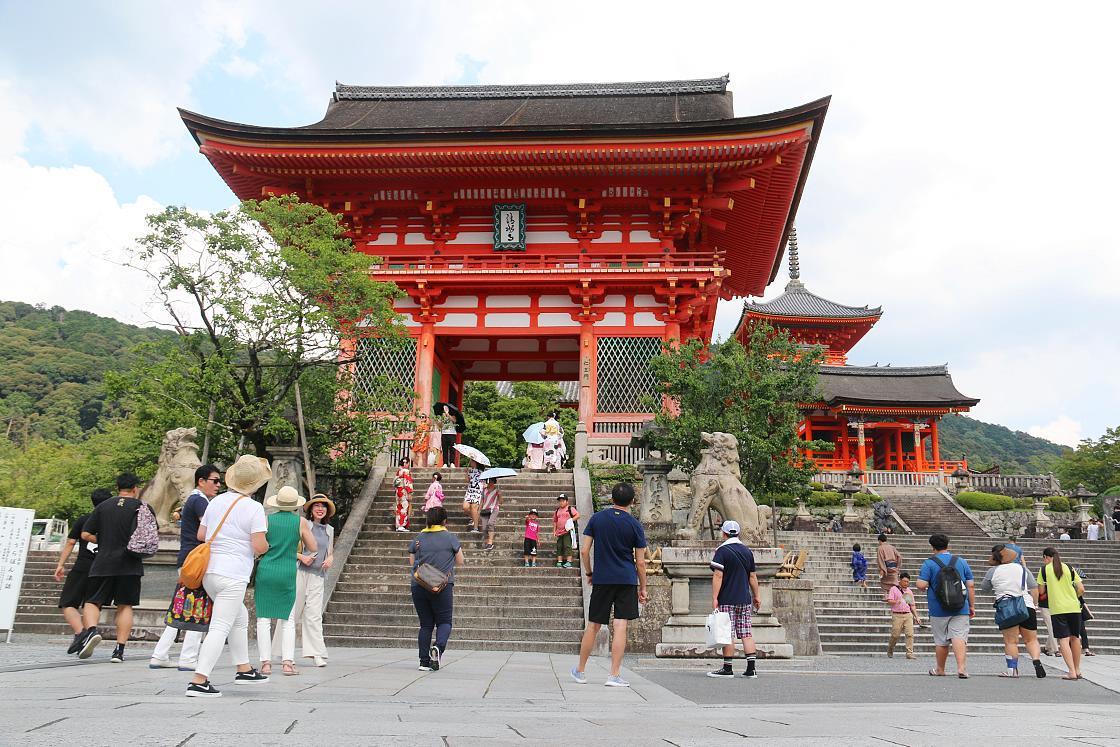
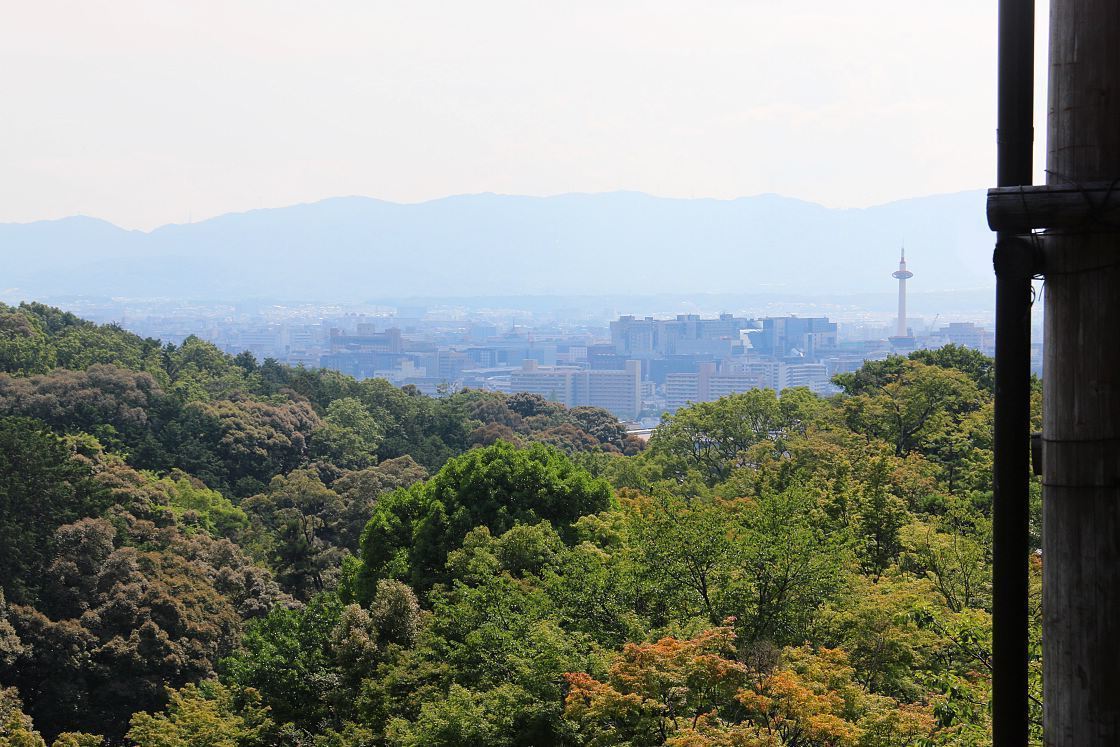

Passes and Access
Odakyu Electric Railway's Hakone Freepass offers two or three days of unlimited use of all of Hakone's Odakyu Group-affiliated modes of transport, including trains, buses, a ropeway, a cable car and sightseeing cruises, not to mention an optional round trip on the Odakyu Line between Tokyo and Hakone. Pass holders can also qualify for discounts at various attractions in the area.
Keihan Railway's Kyoto Osaka Sightseeing Pass (Greater KURAMA & KIBUNE area) is available only to foreign visitors and offers one day of unlimited travel between Osaka, Kyoto and the Kurama-Kibune area along the Keihan and Eizan railways. The pass also offers discounted entry to certain attractions. The pass costs 1500 yen and can be purchased at certain tourist information centers (including at Kansai Airport) and certain hotels in Kyoto and Osaka, as well as from overseas travel agents. For more details, please check online.
